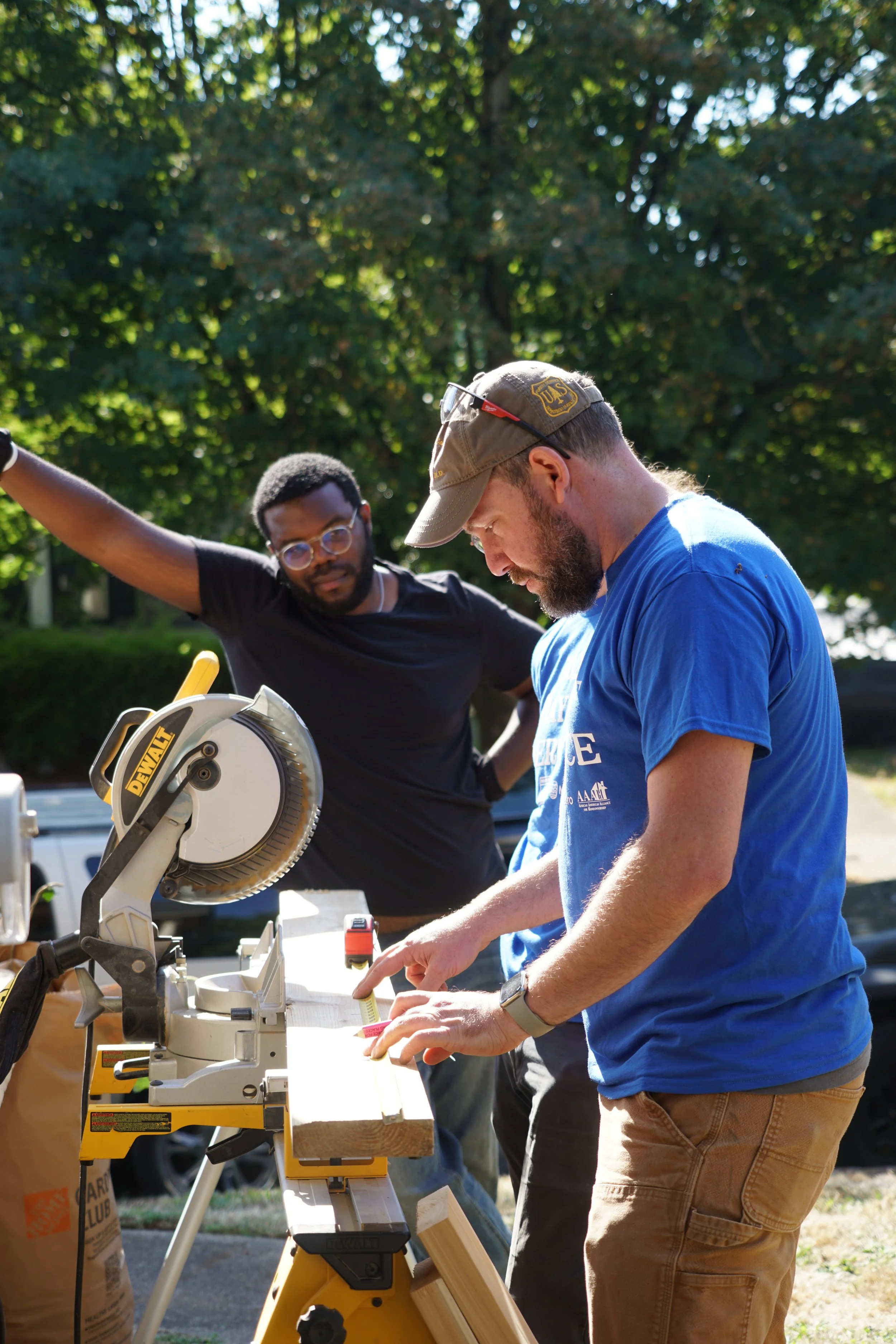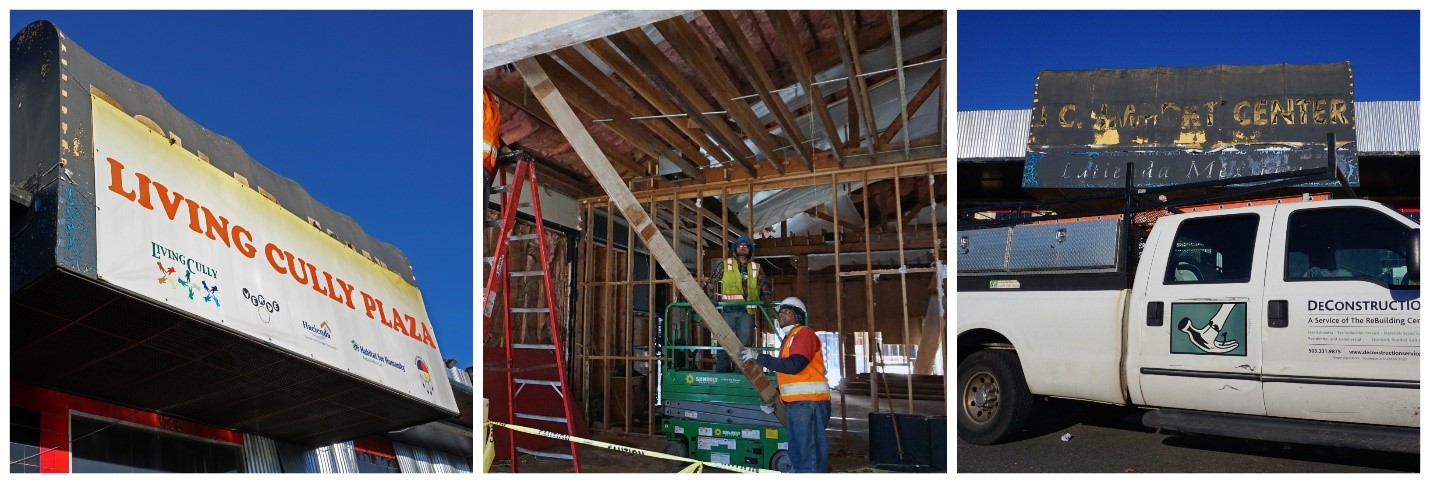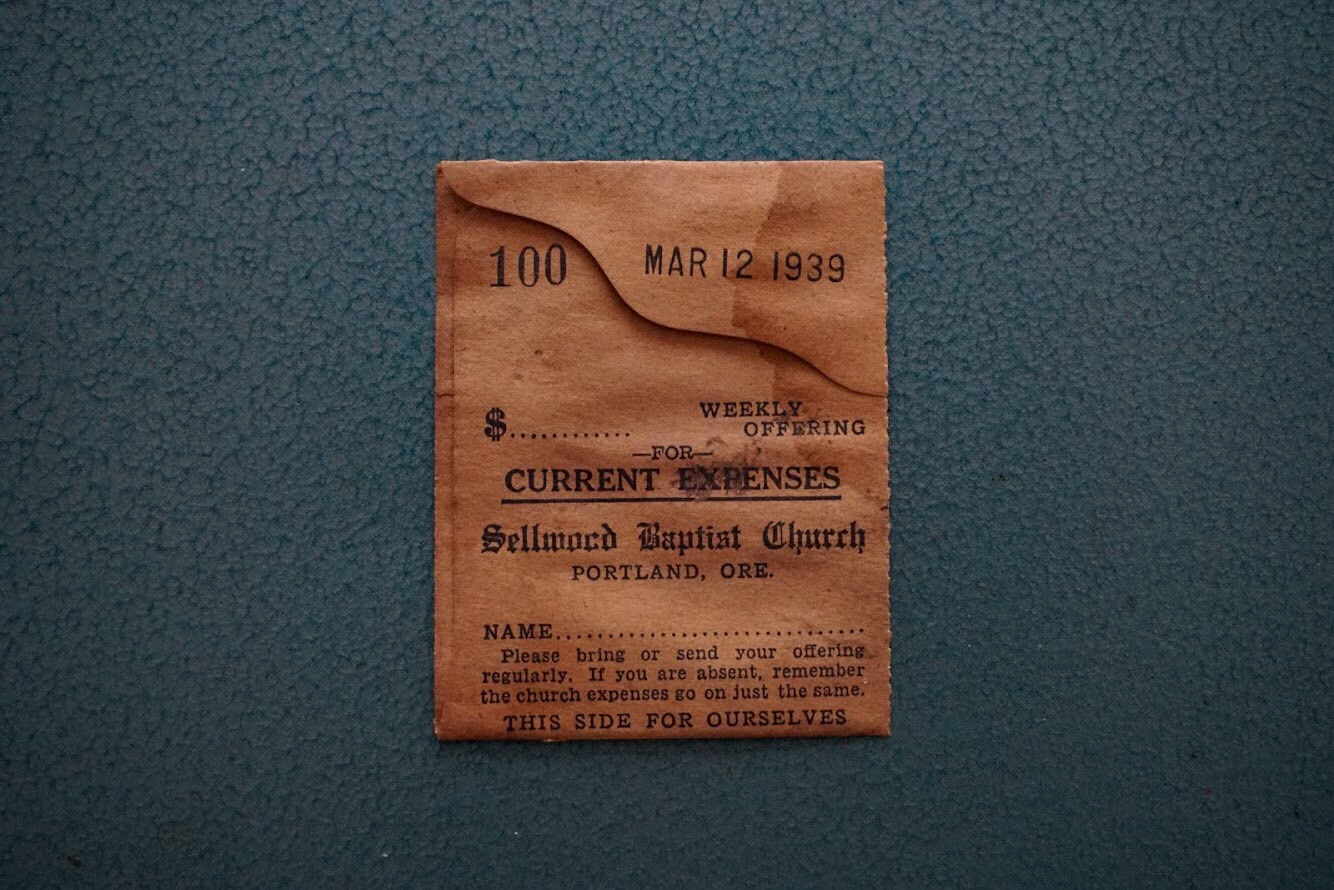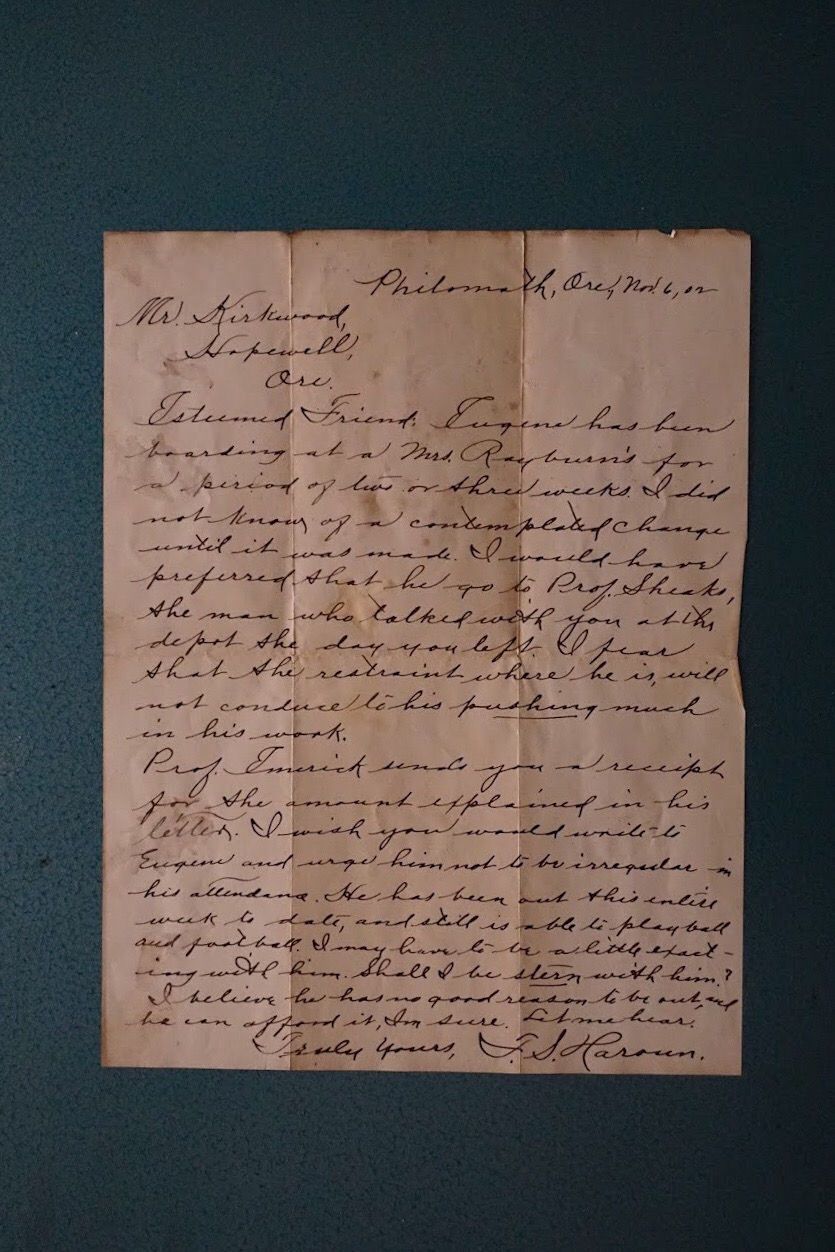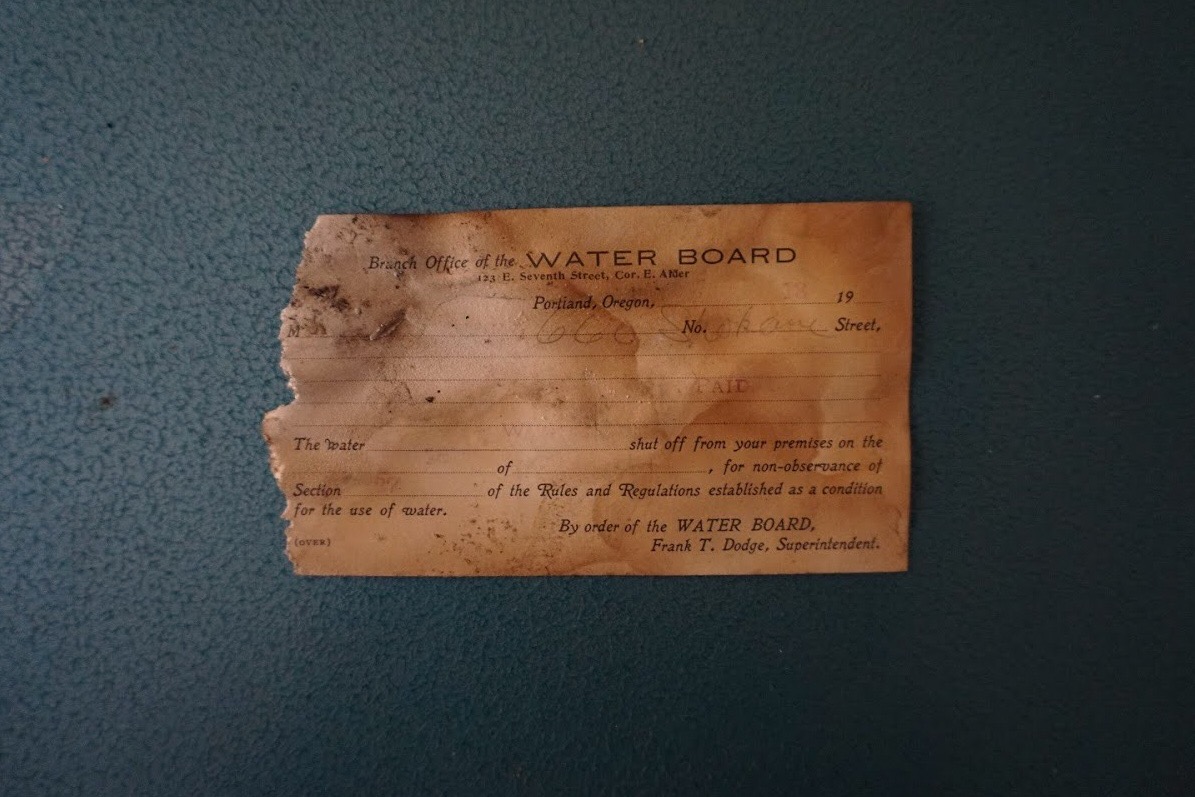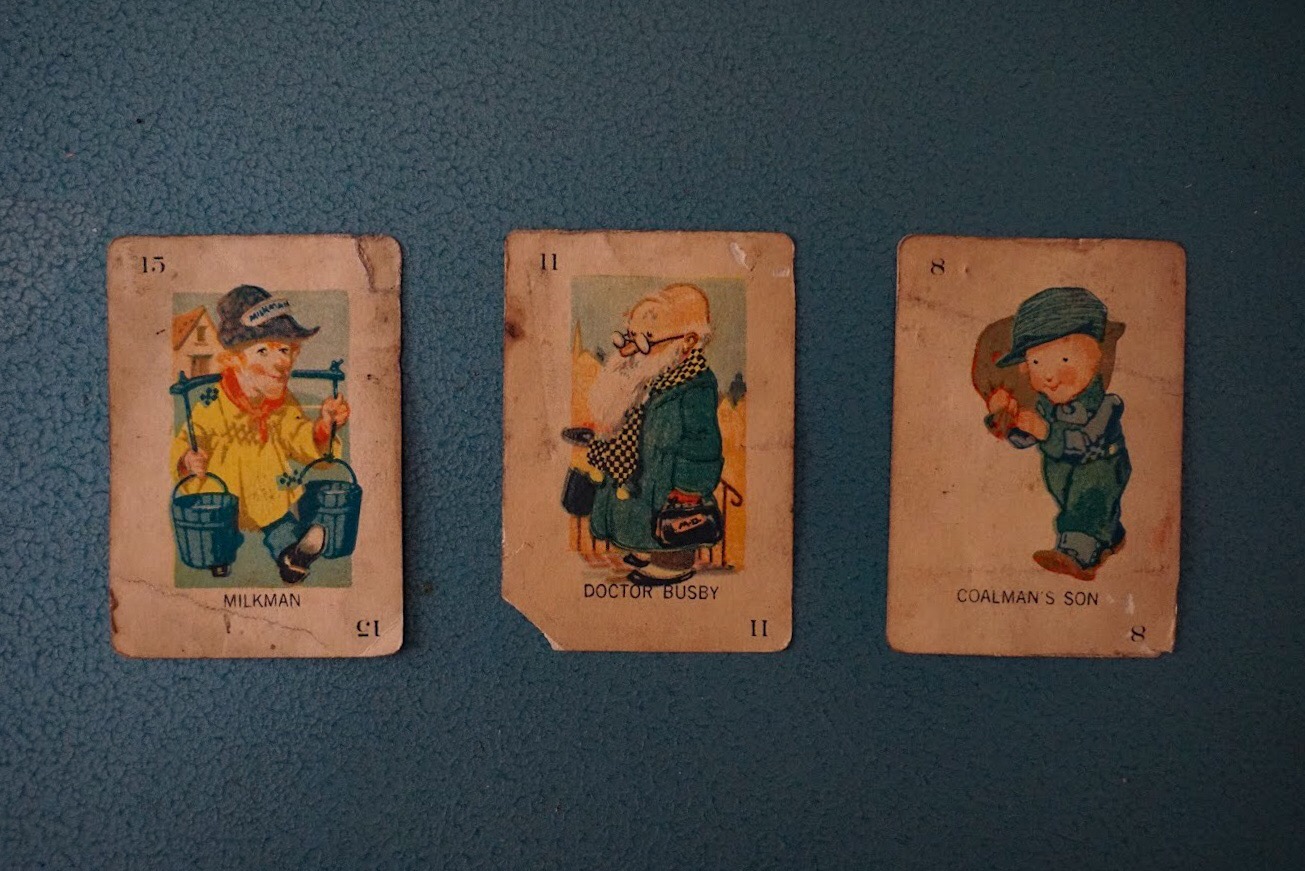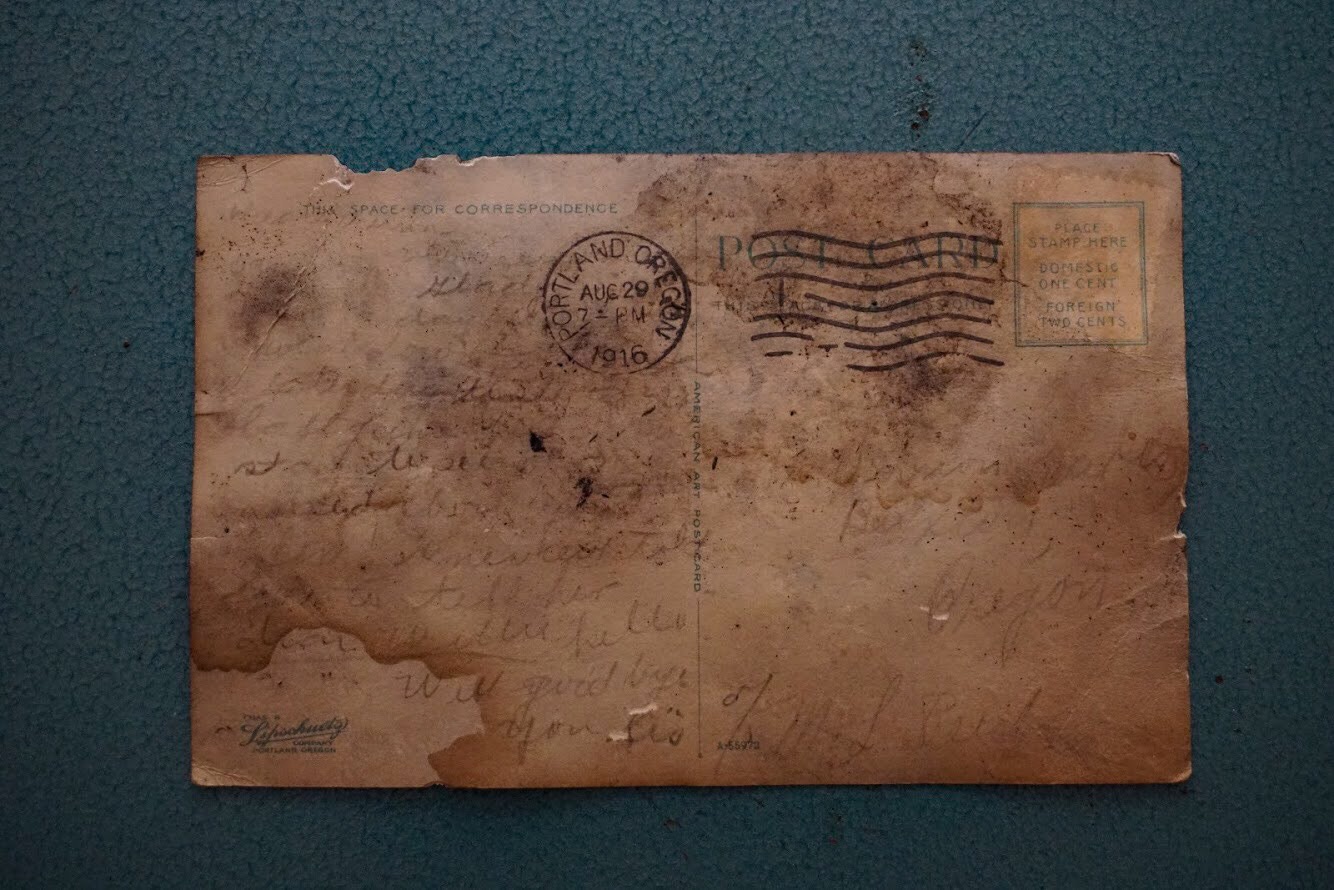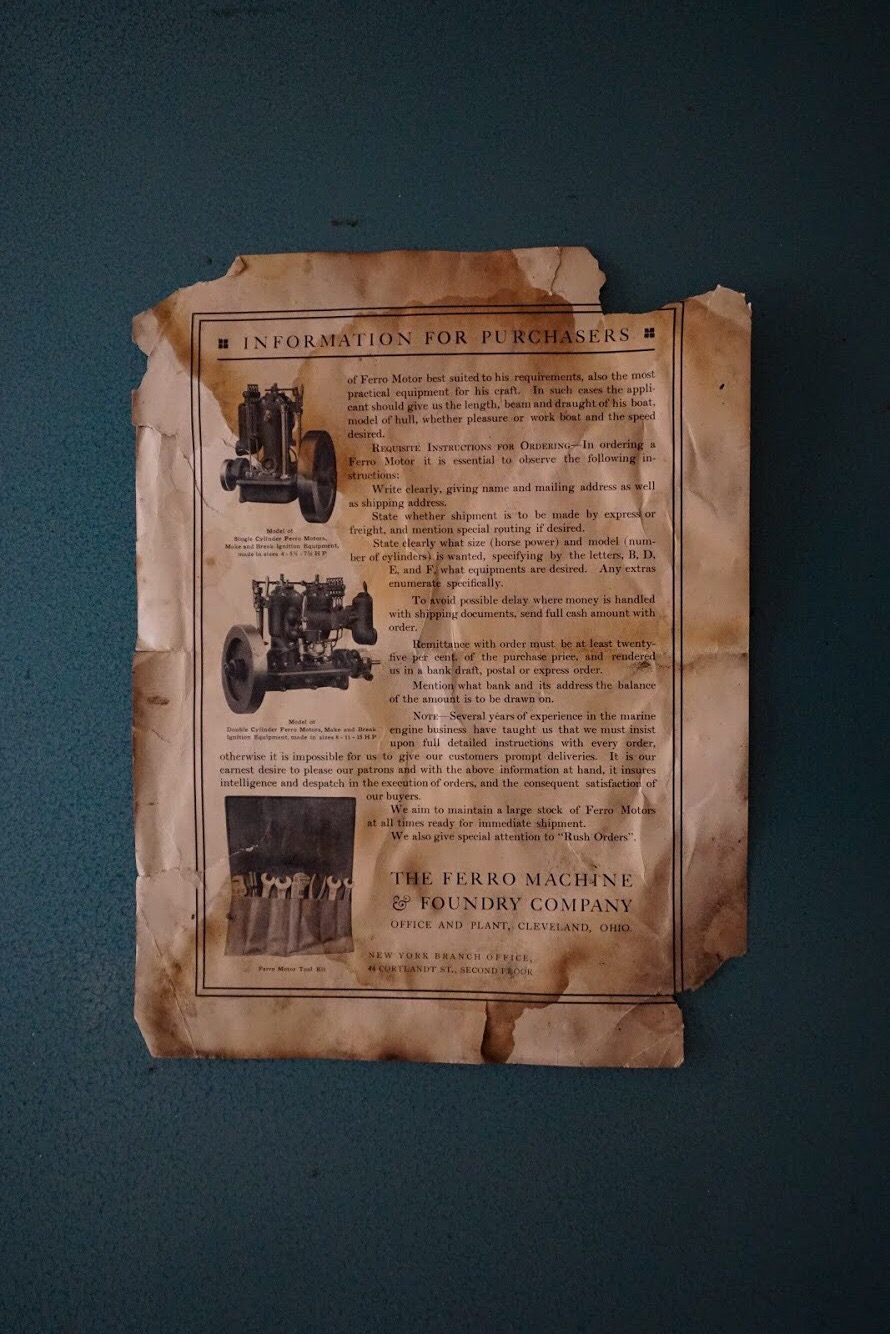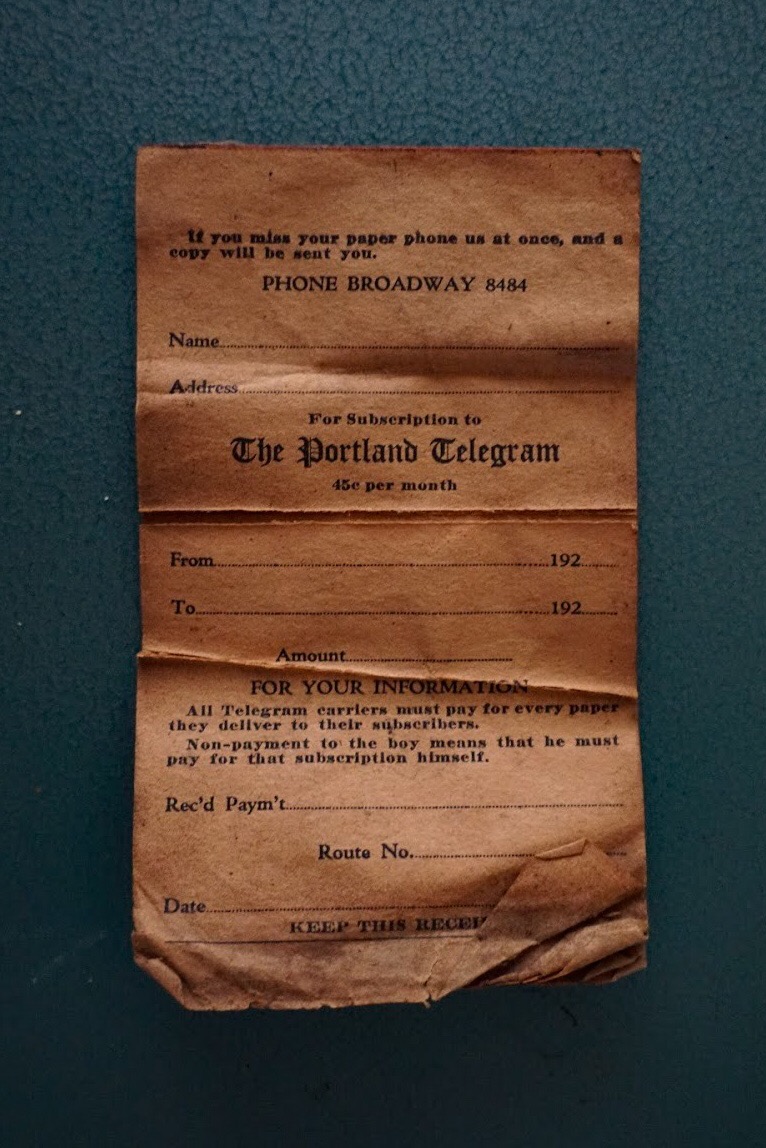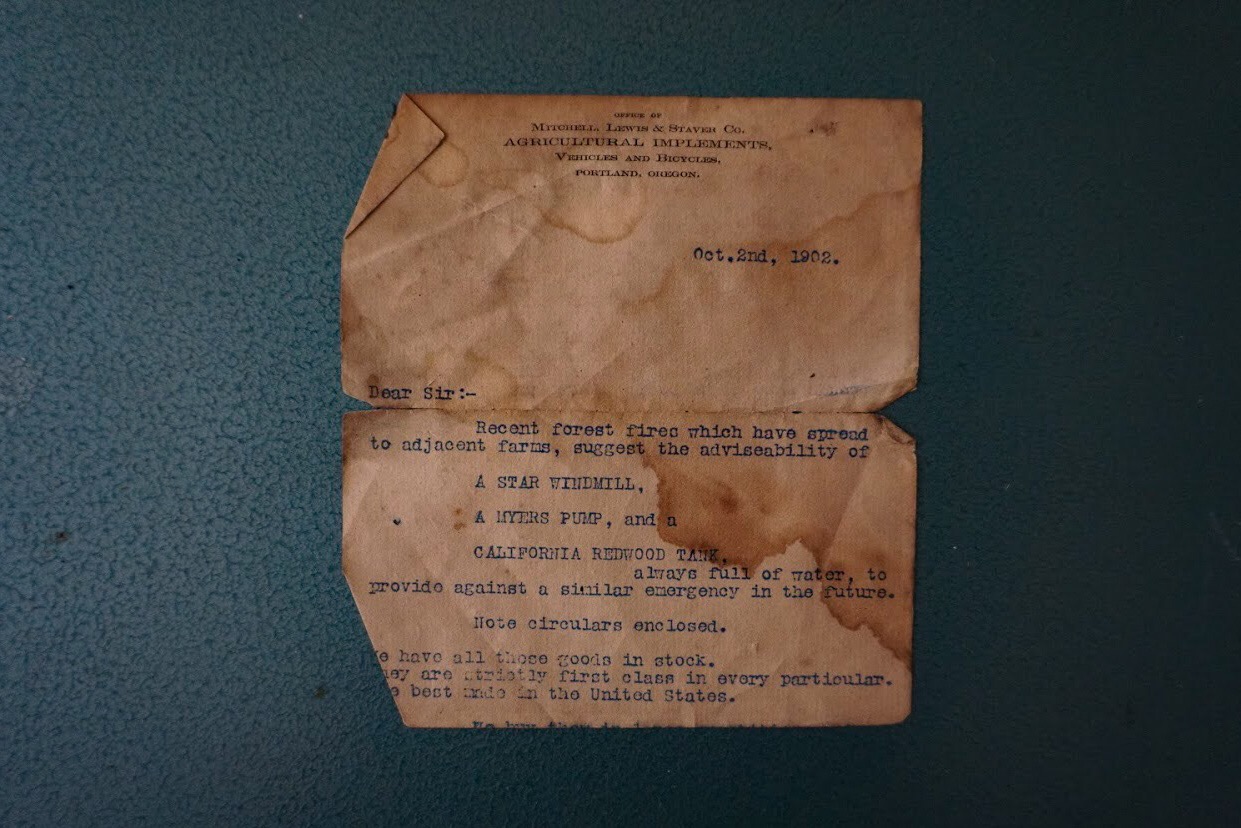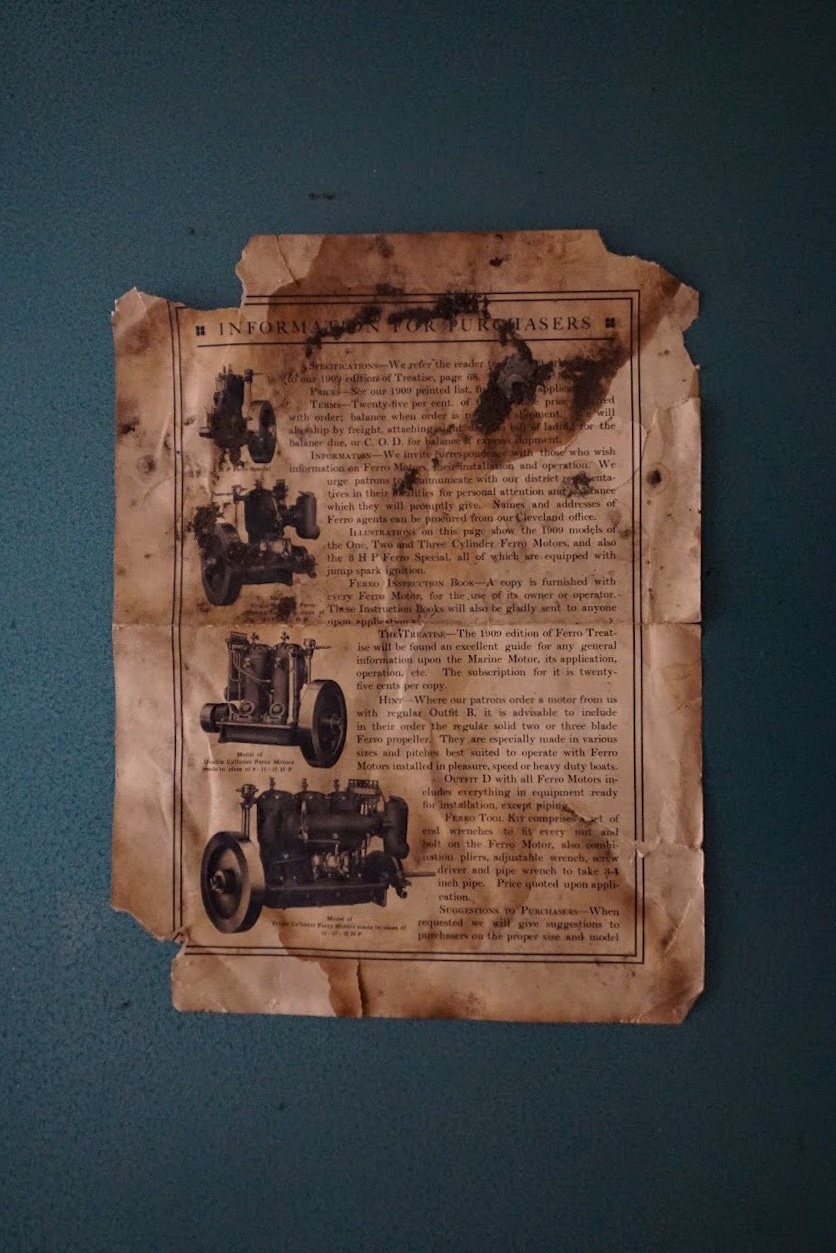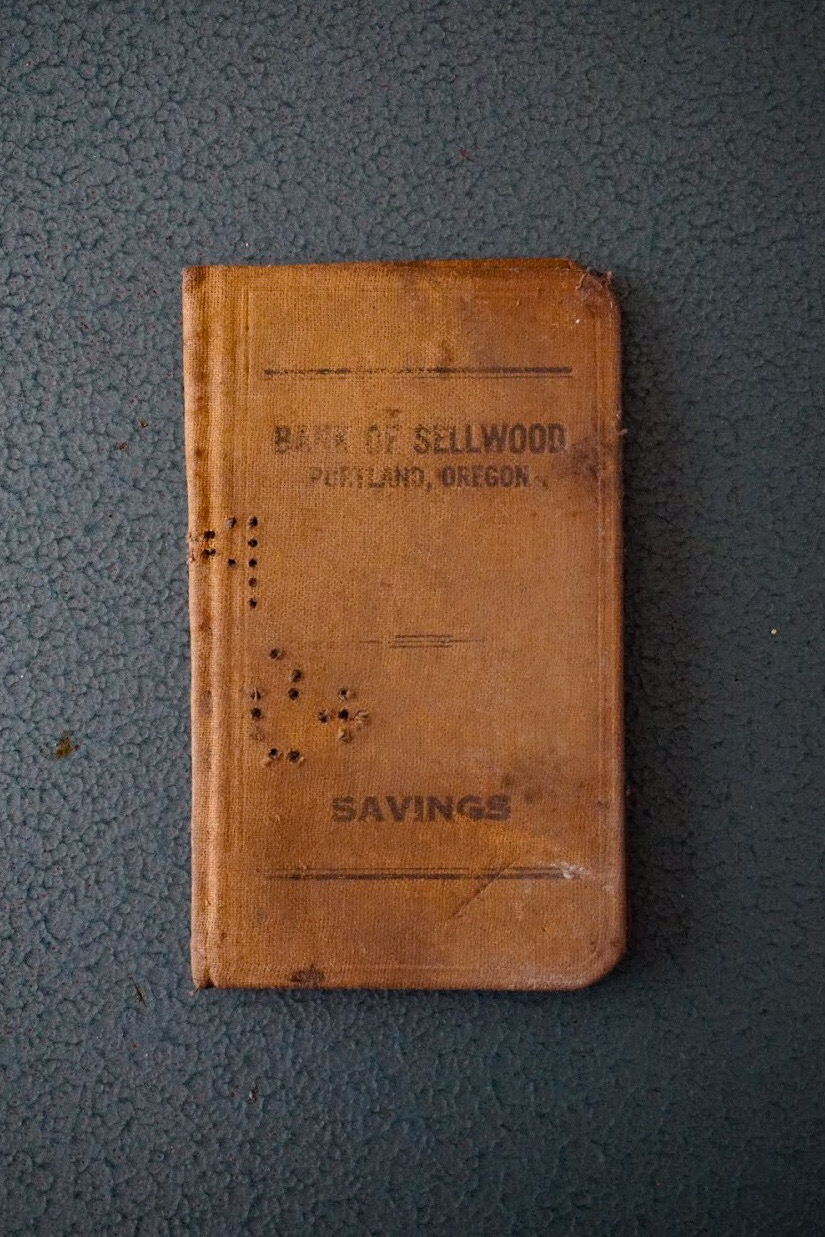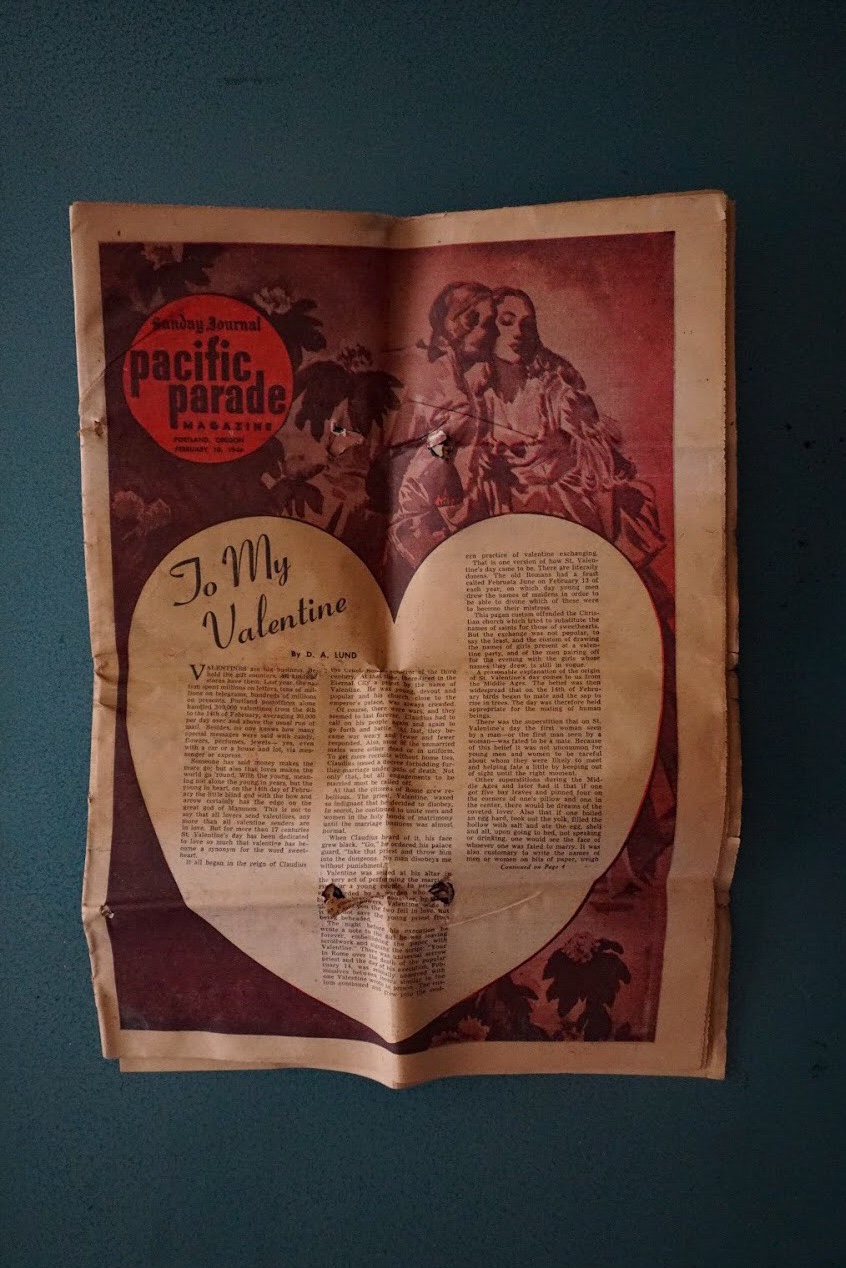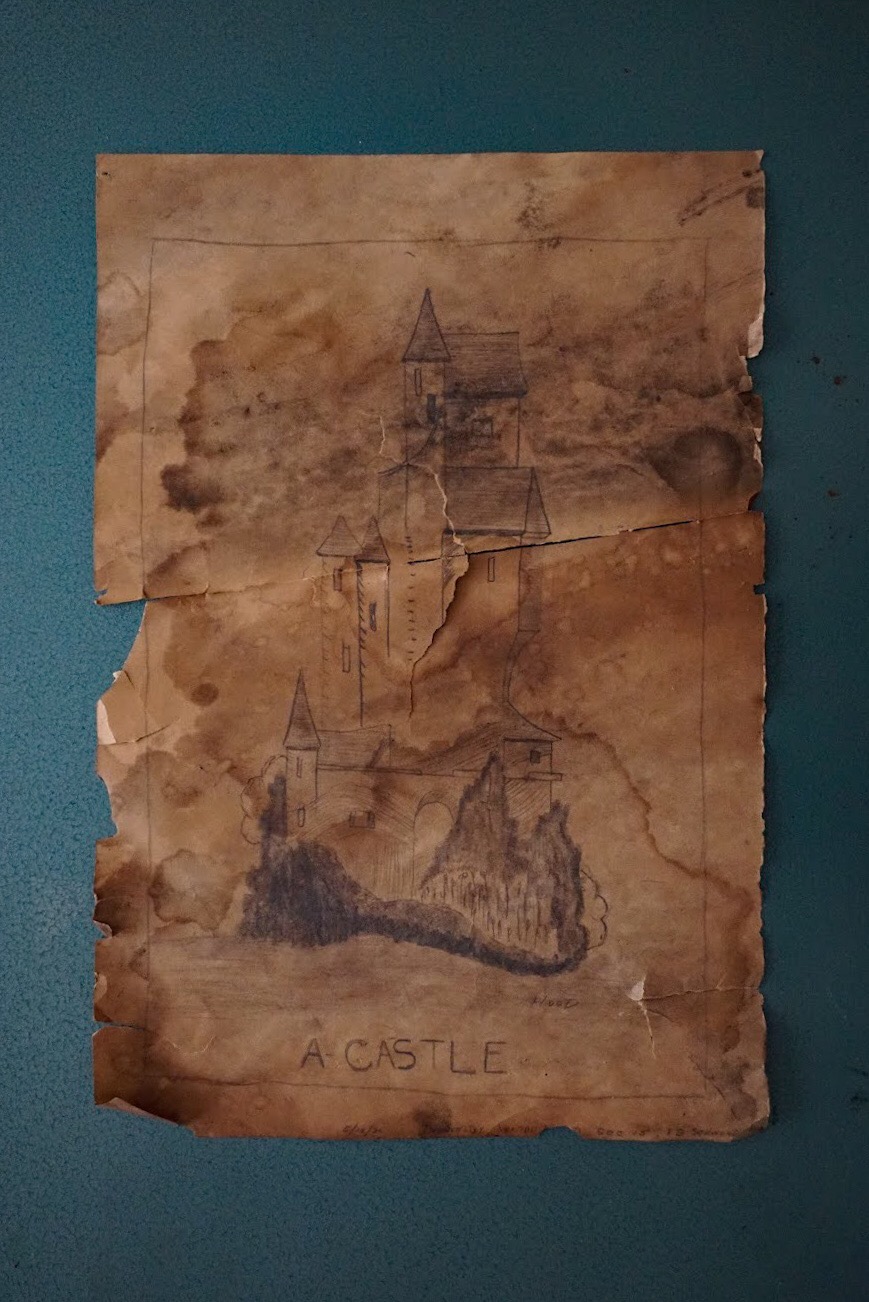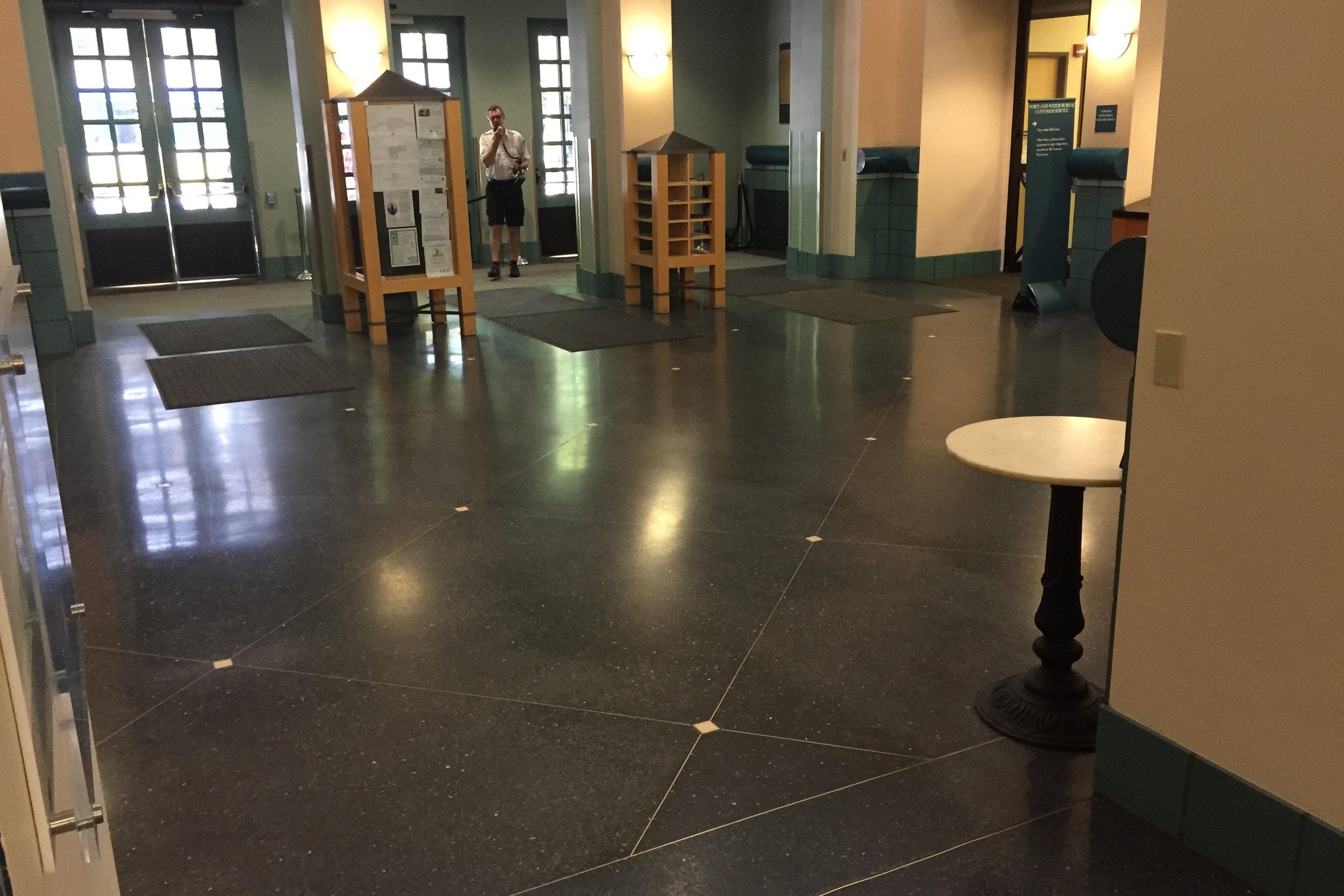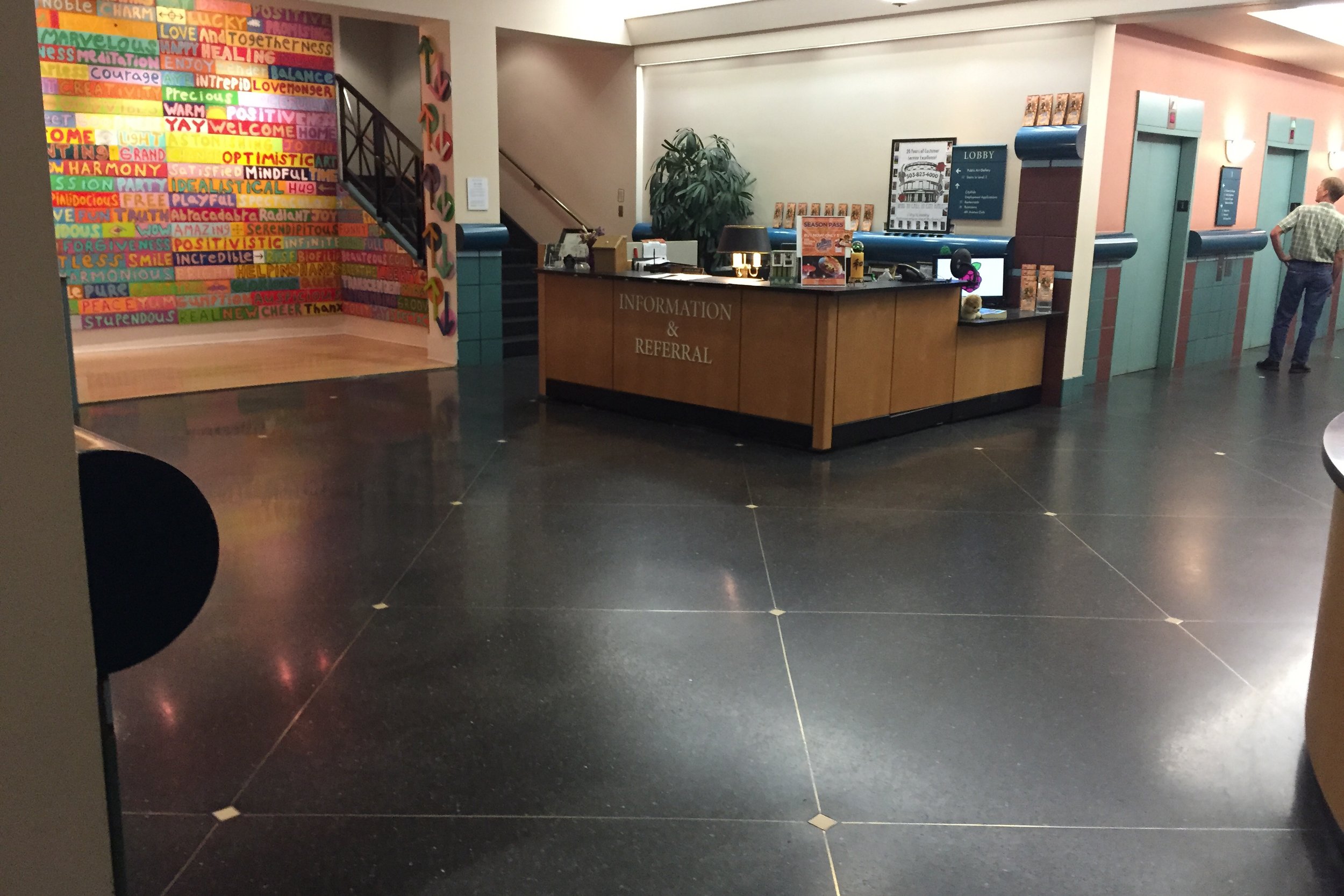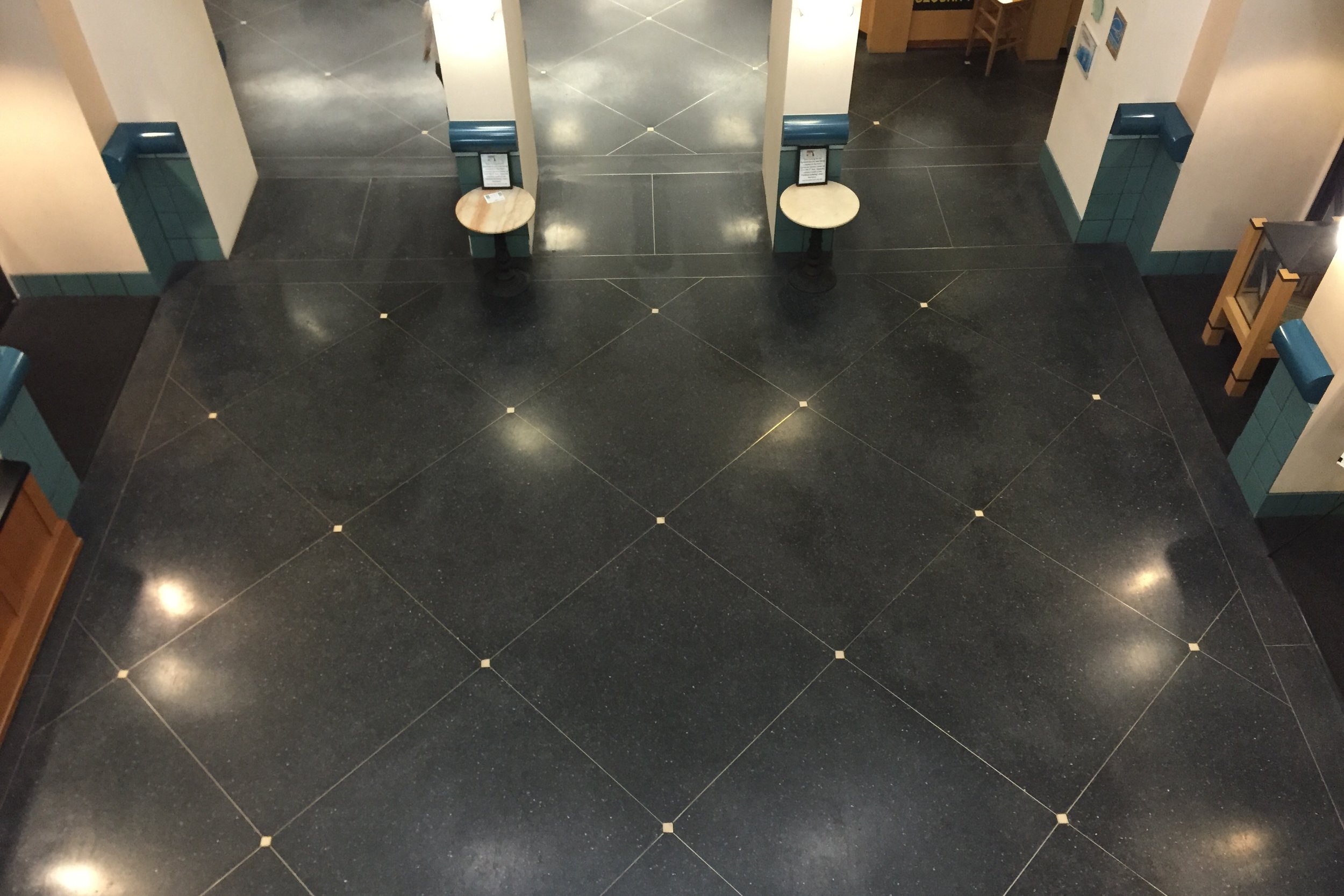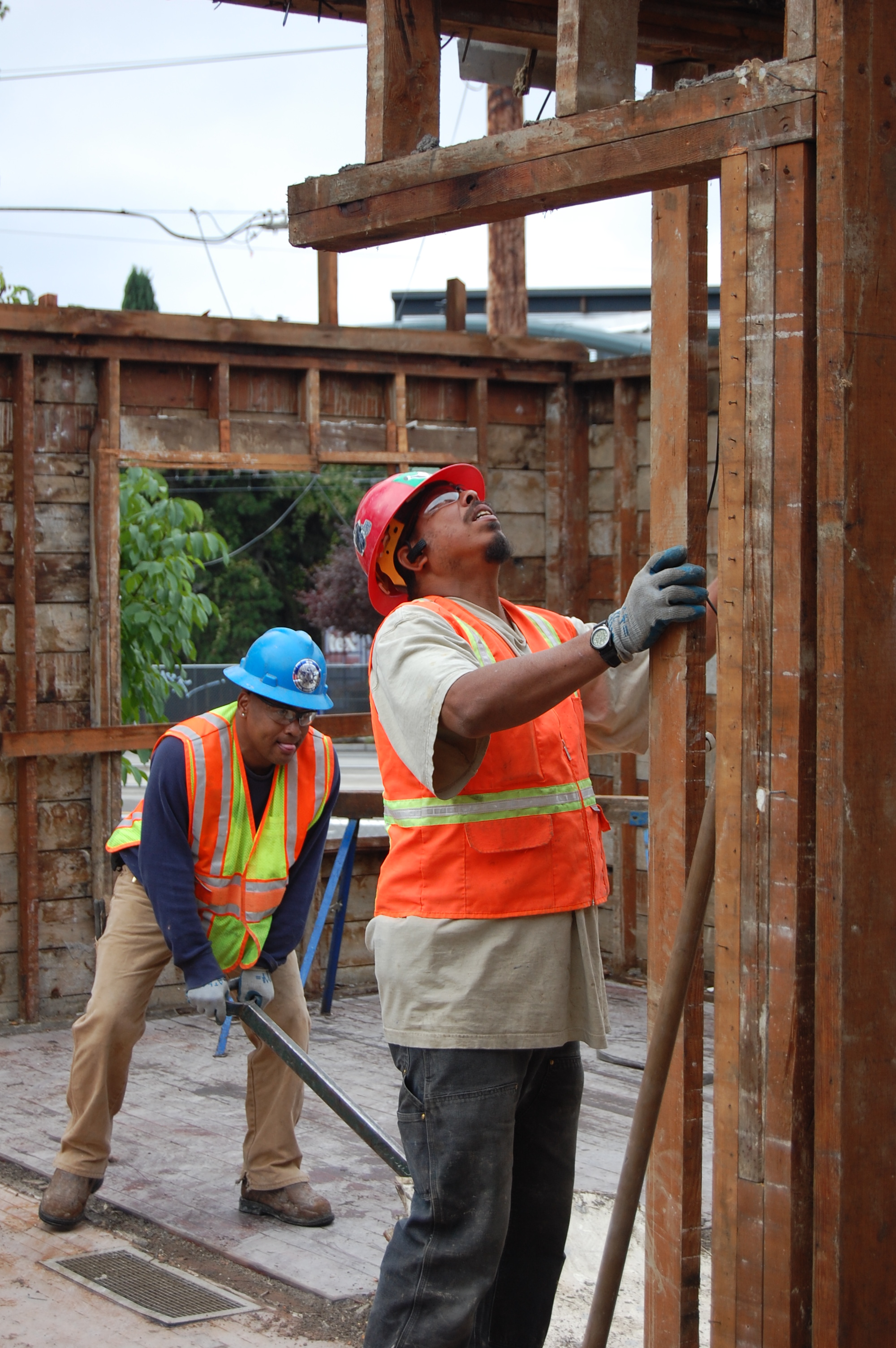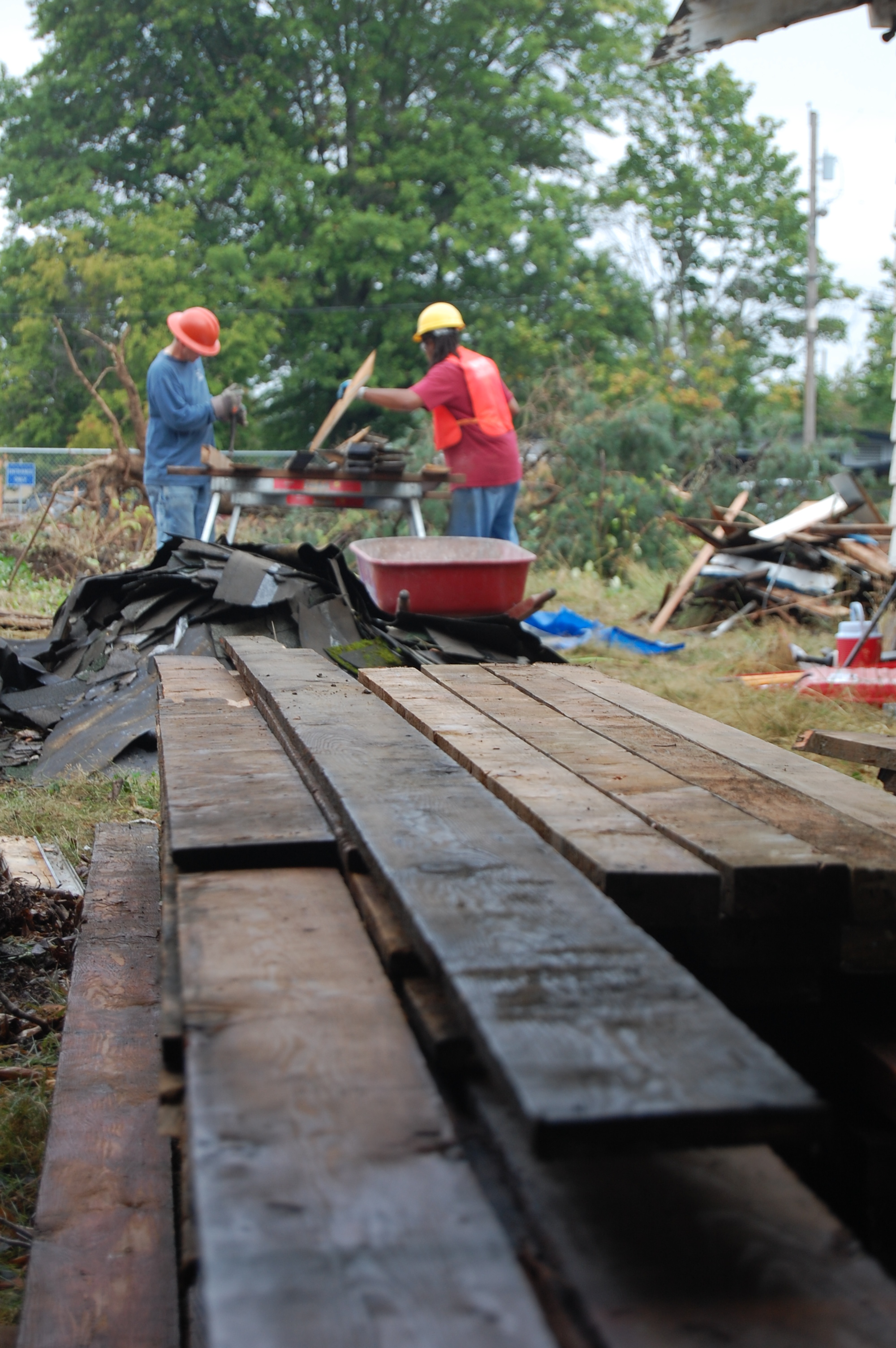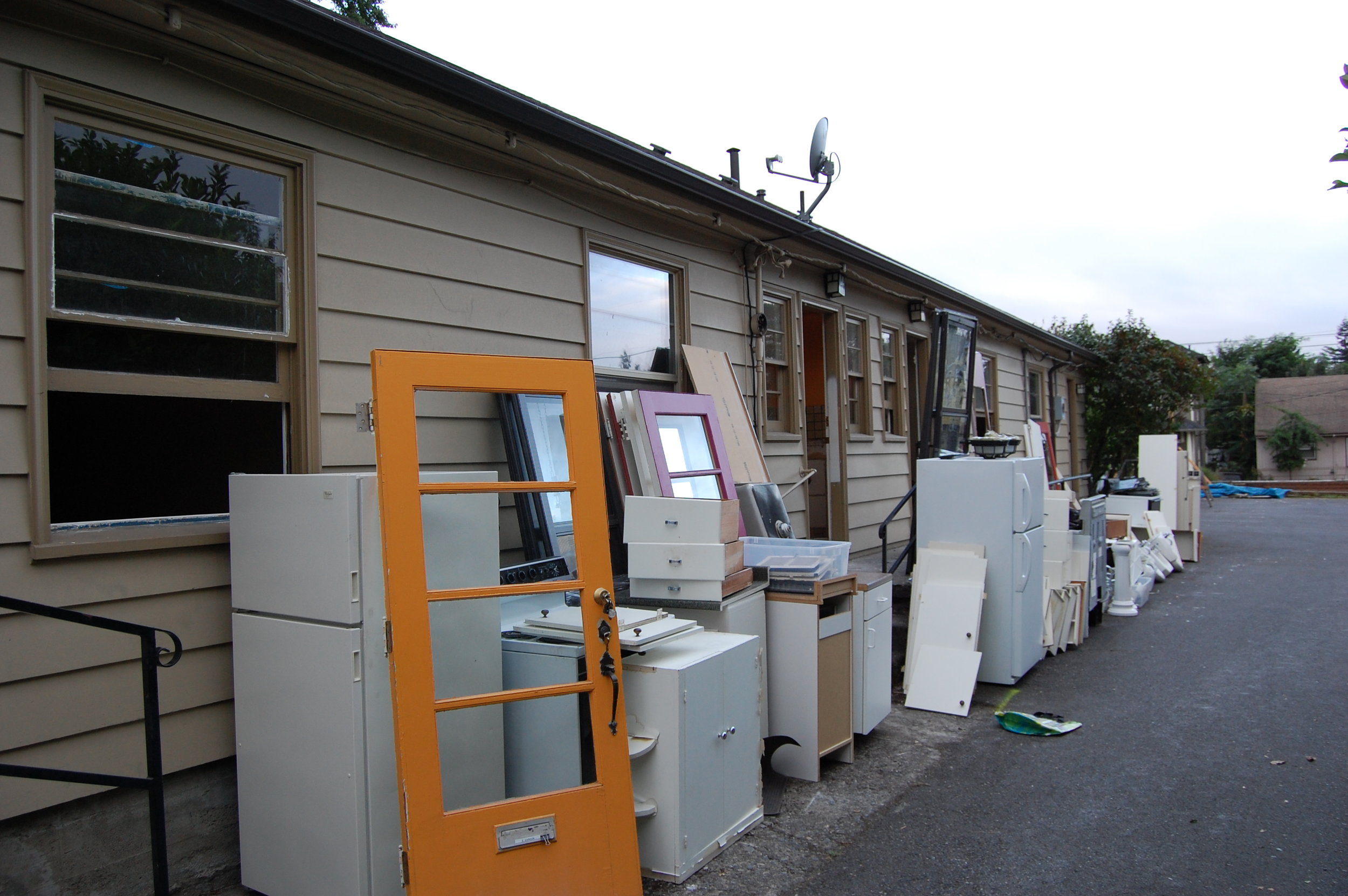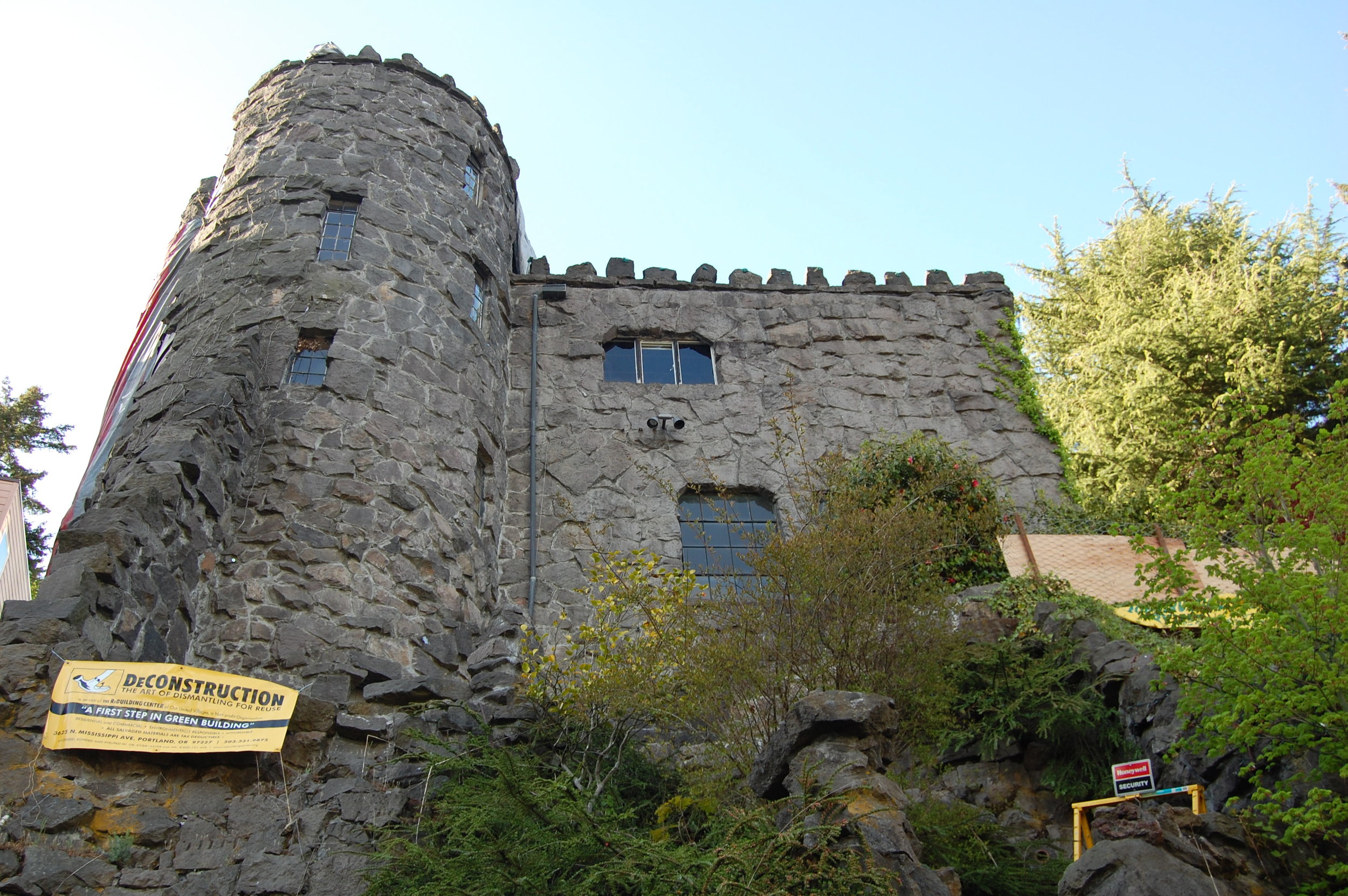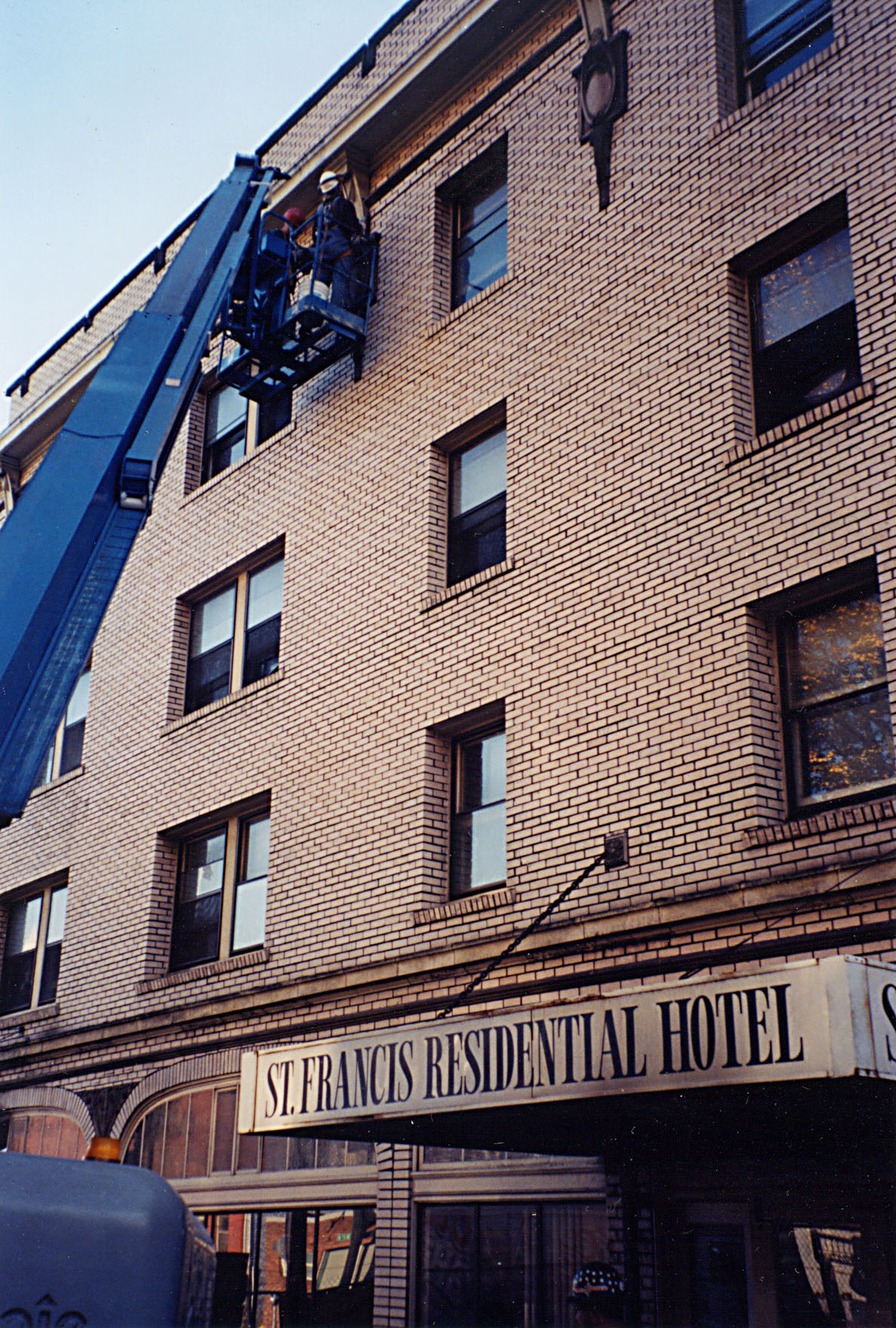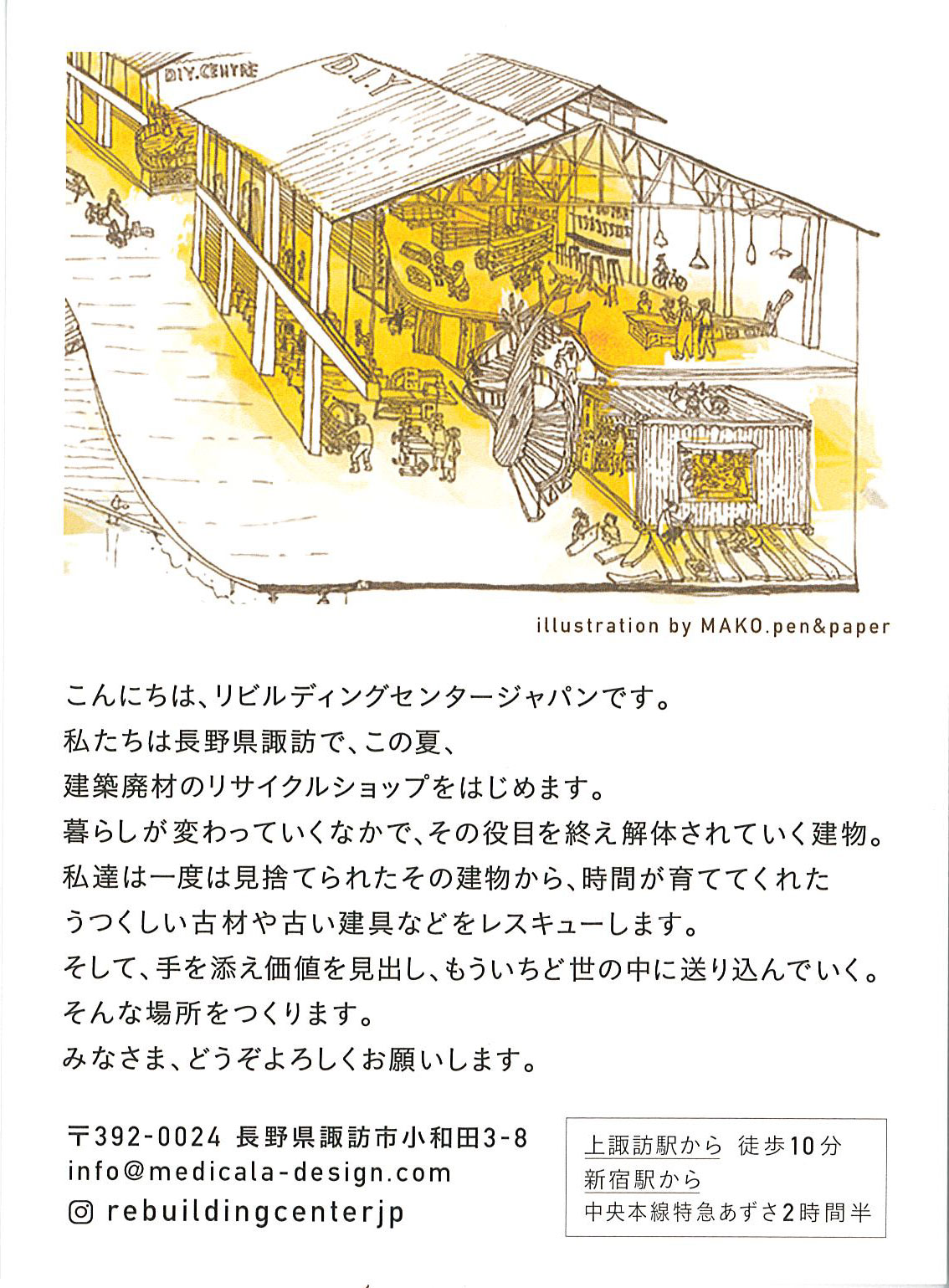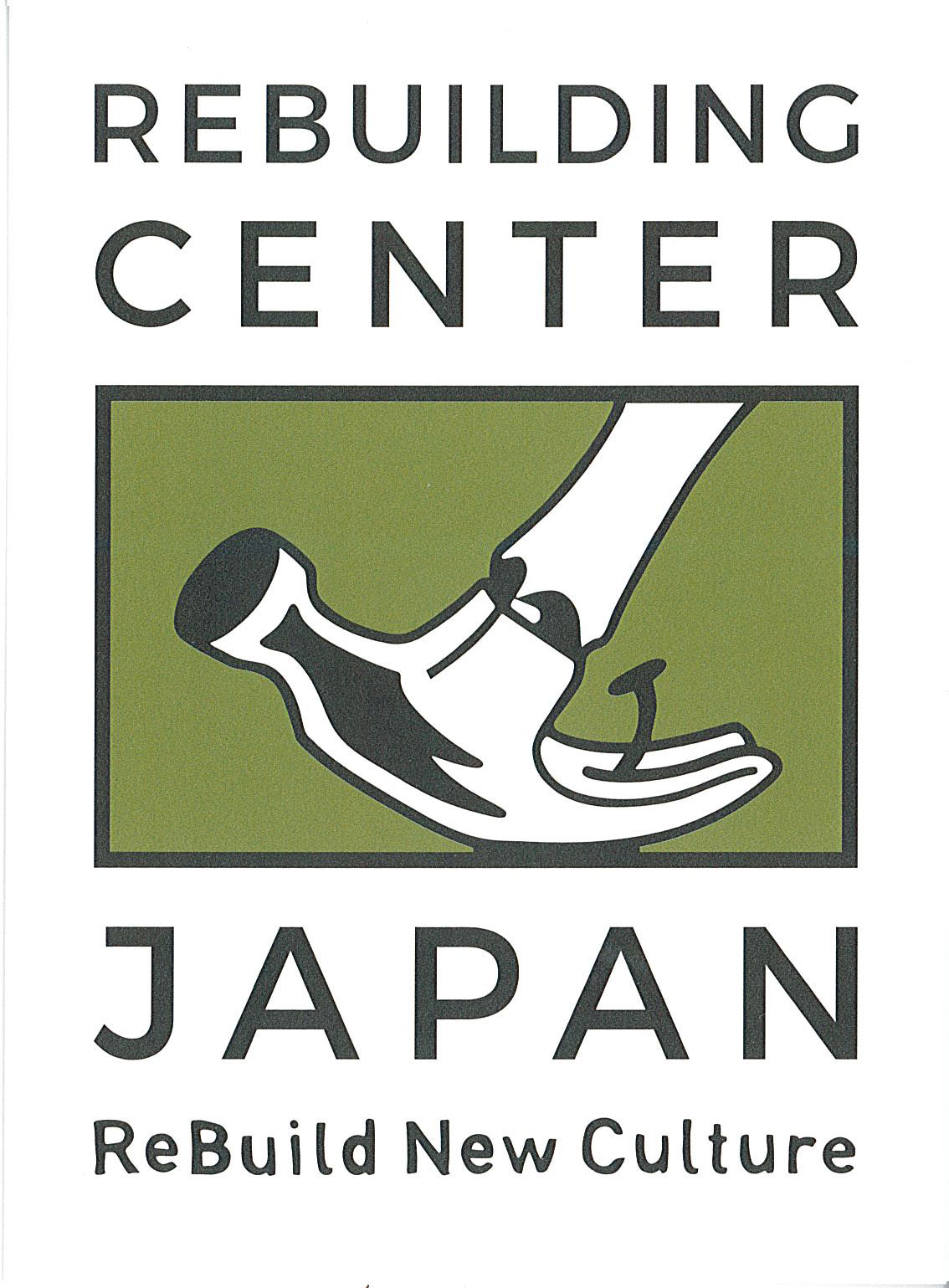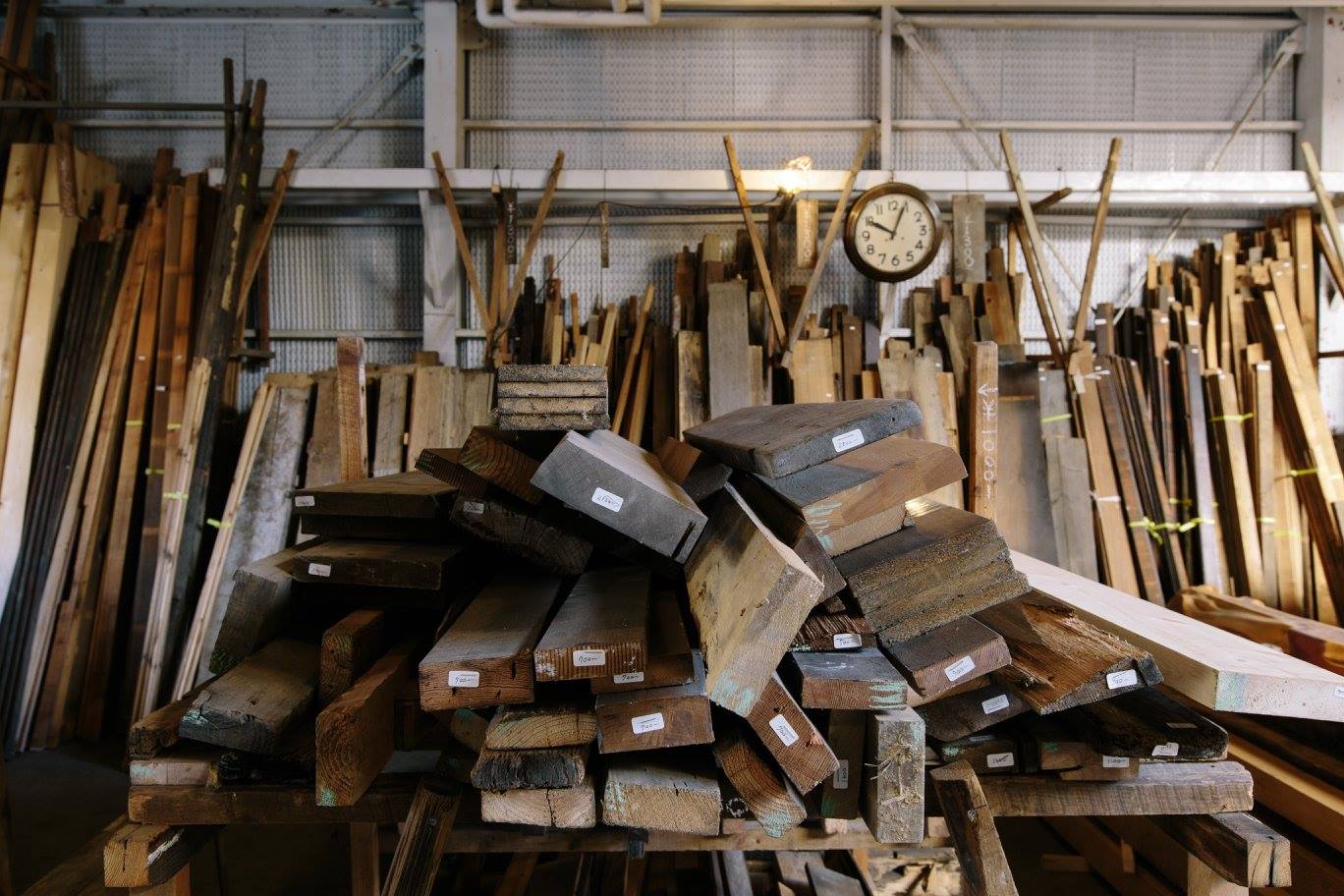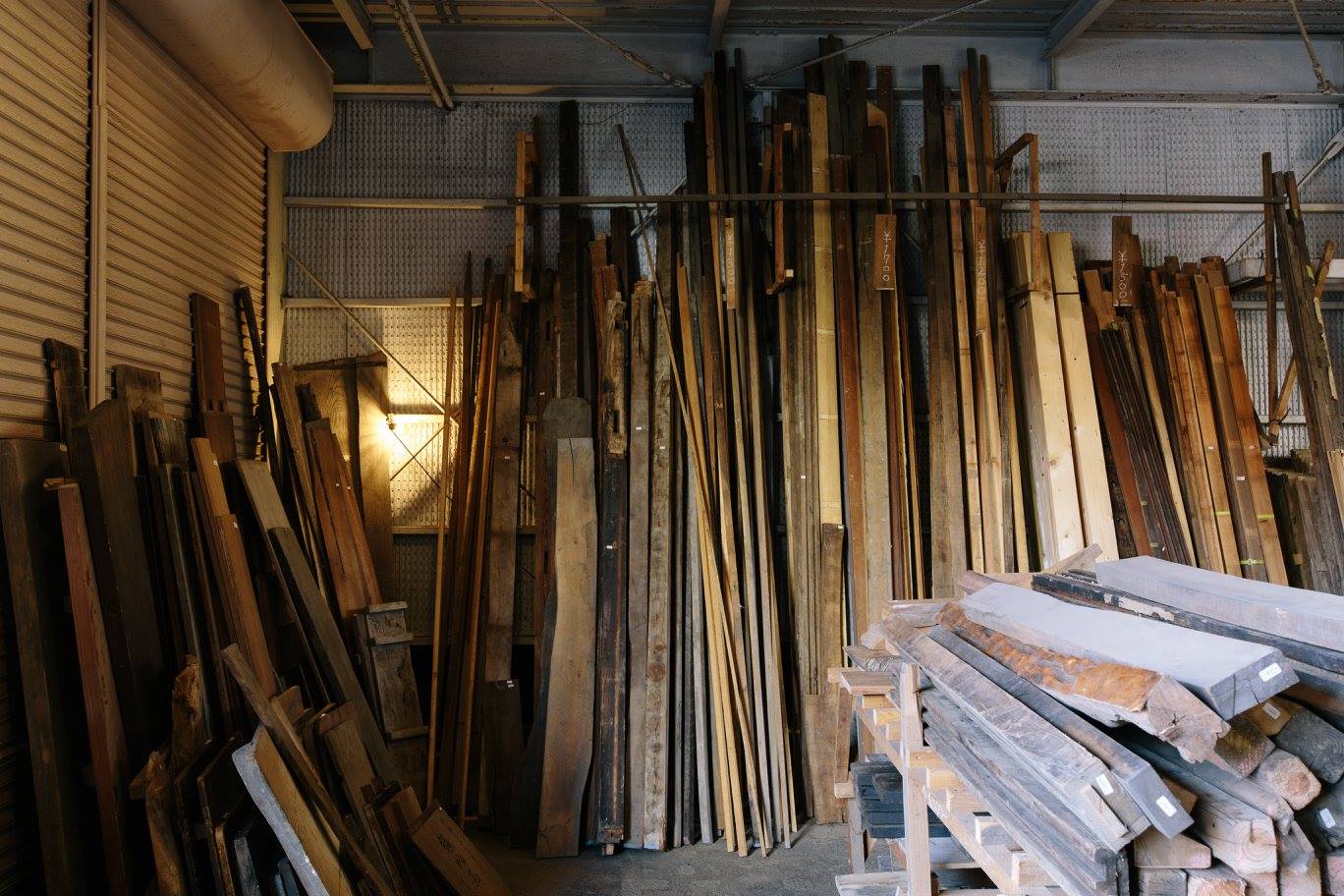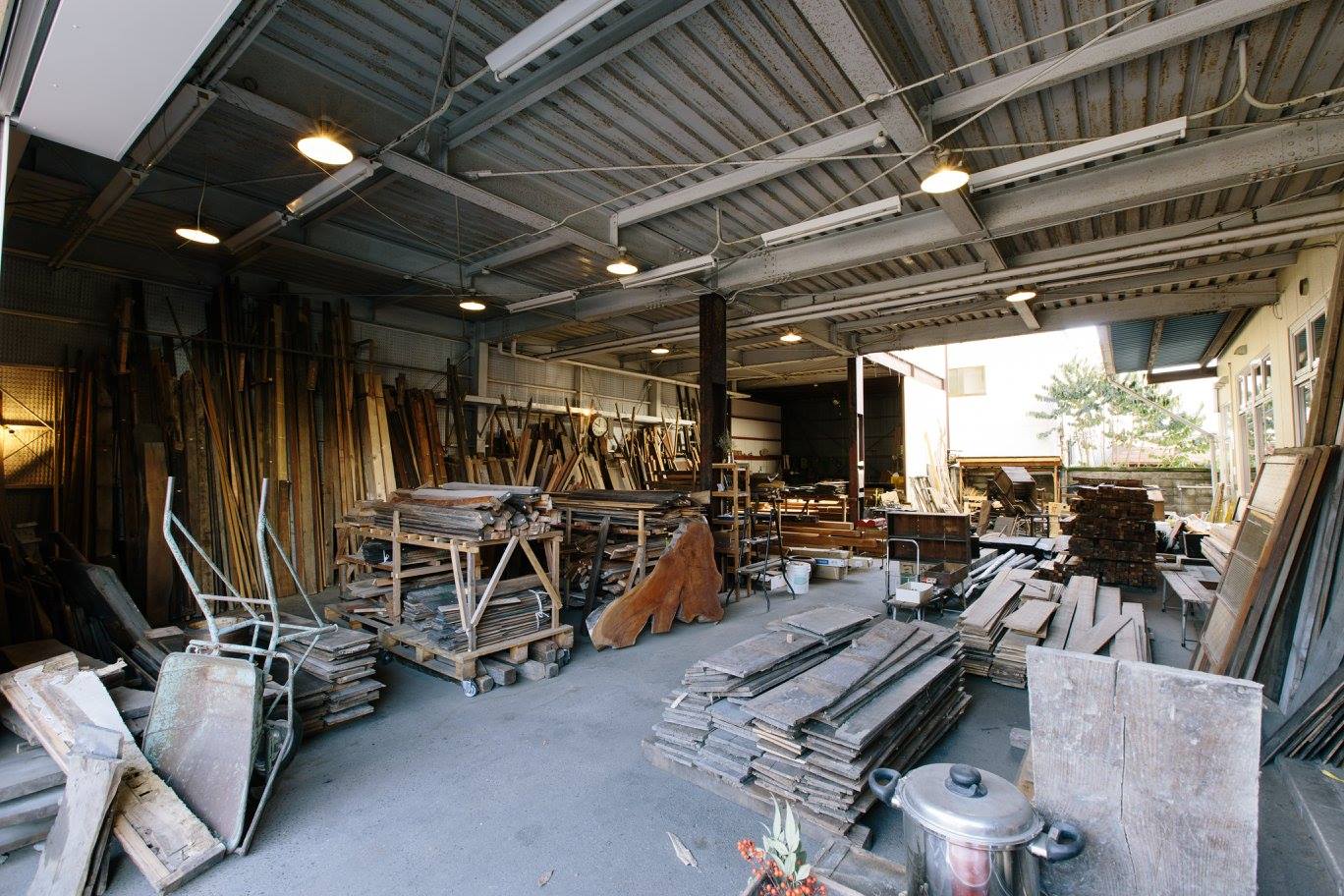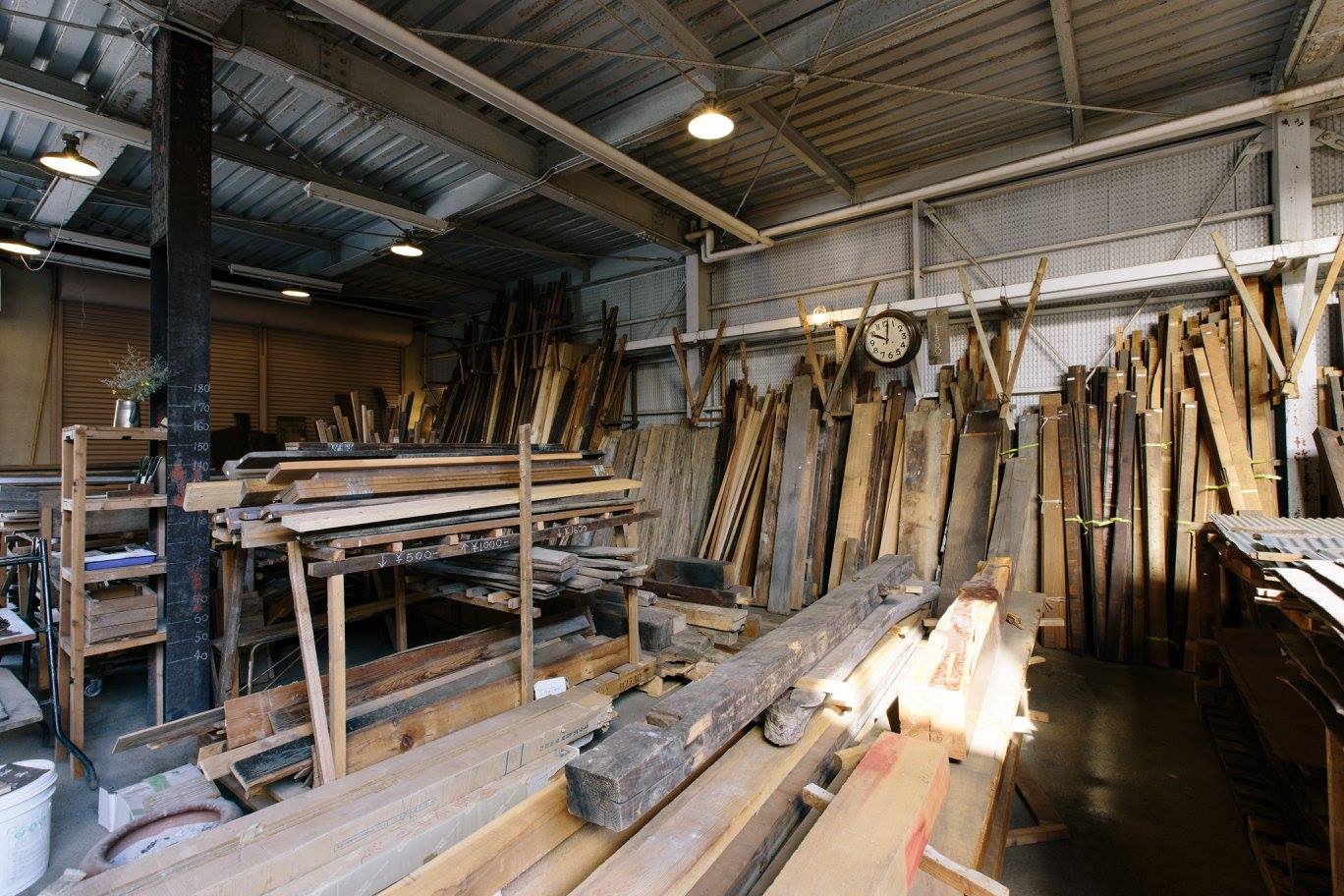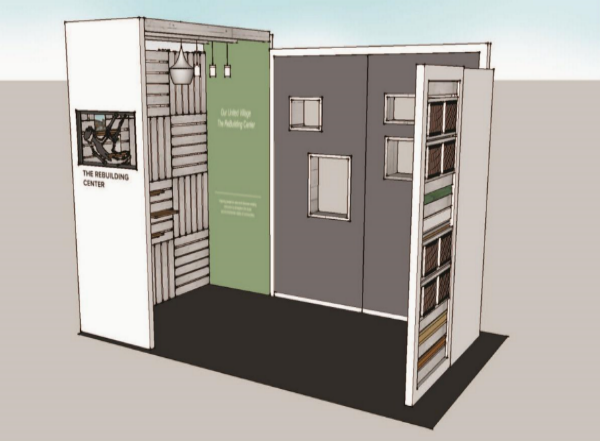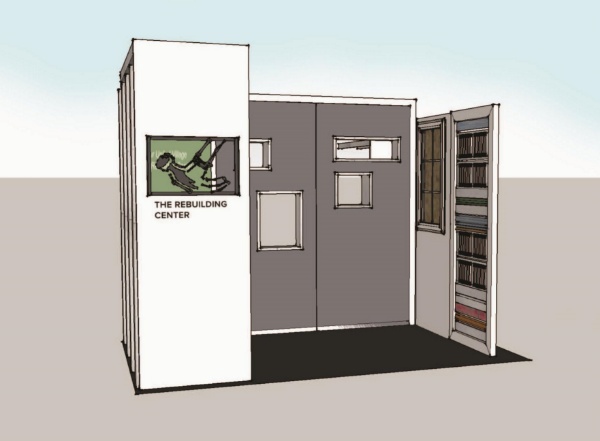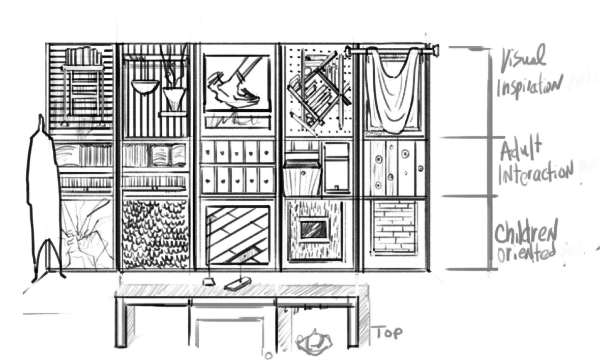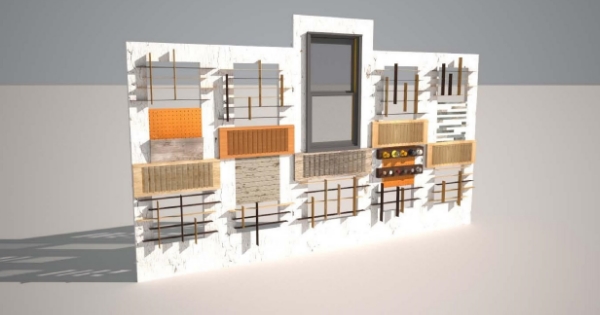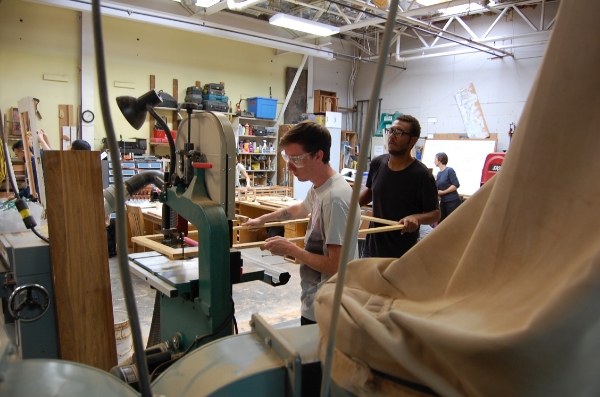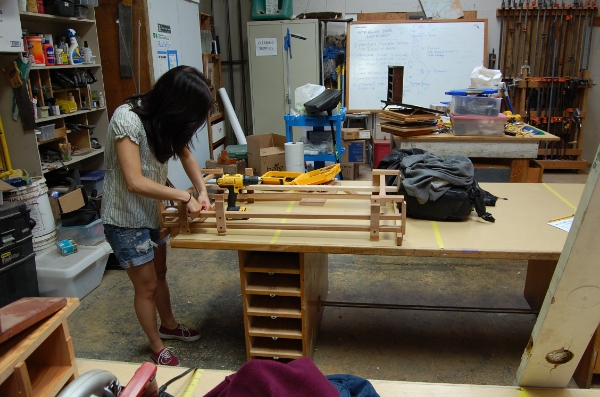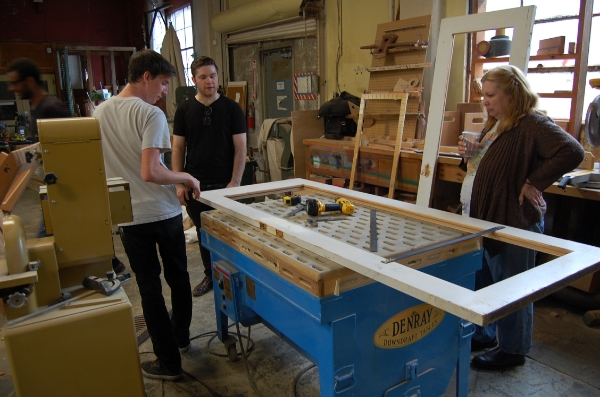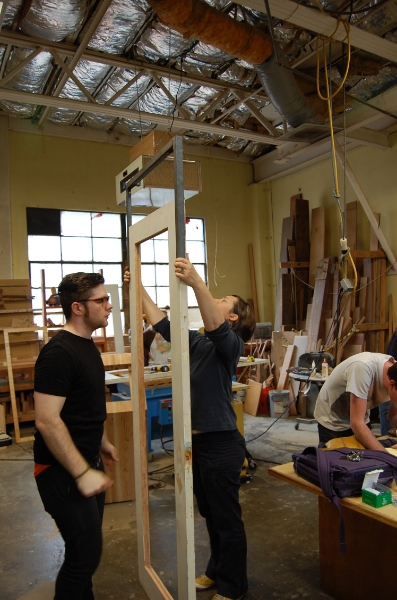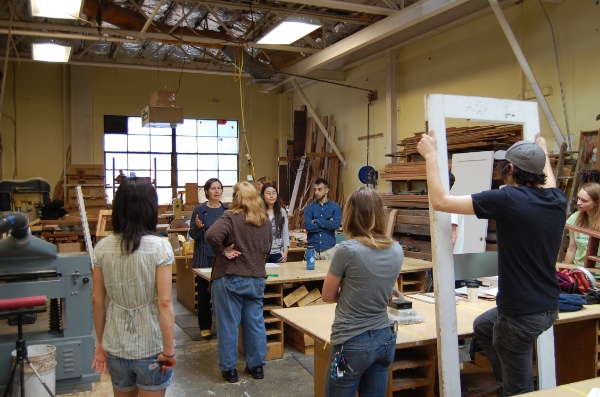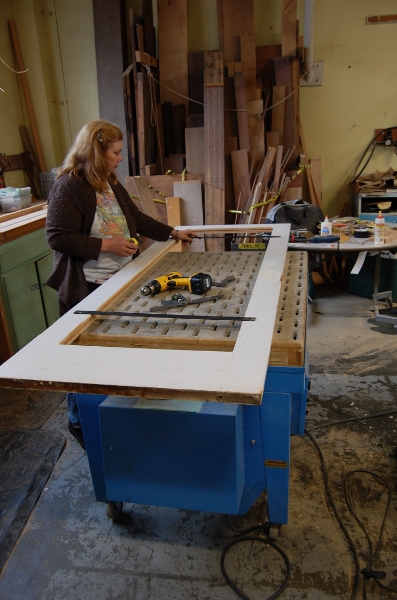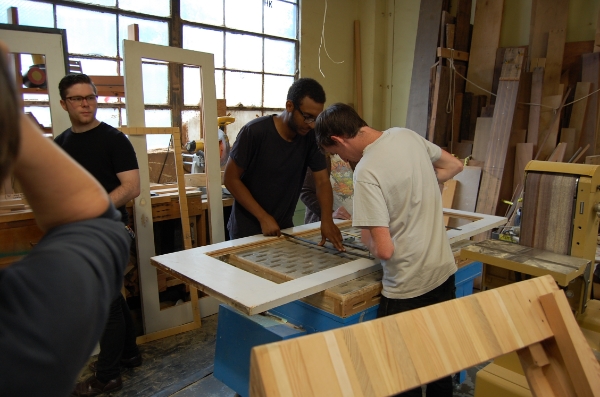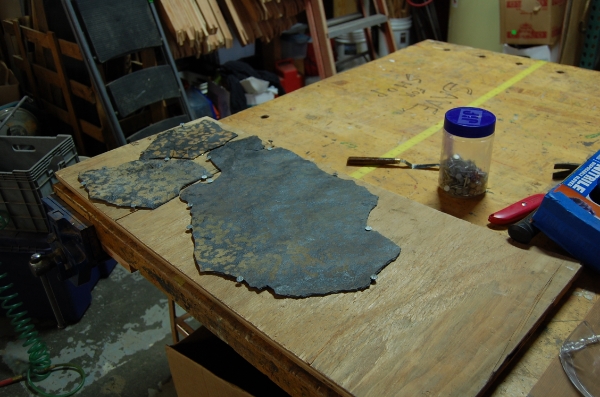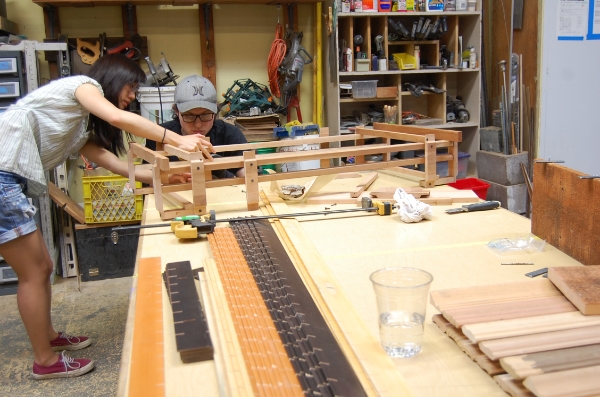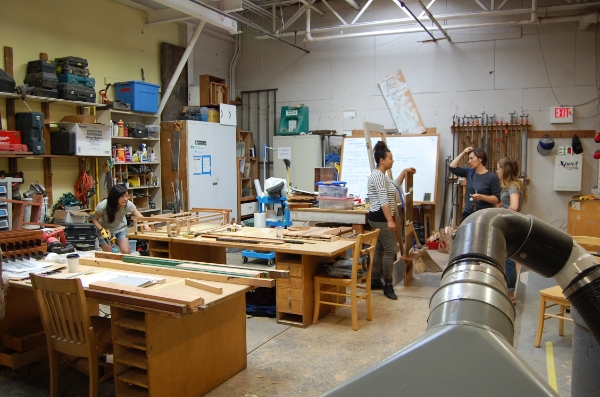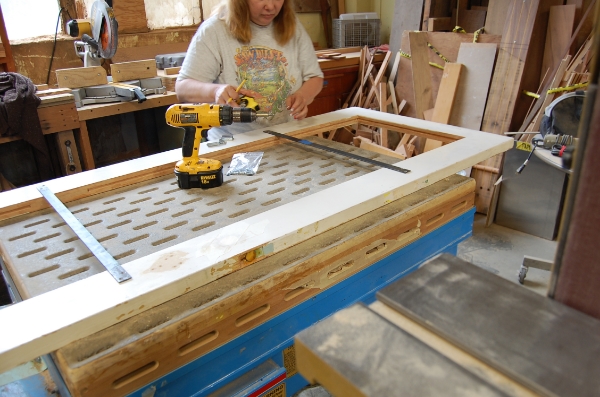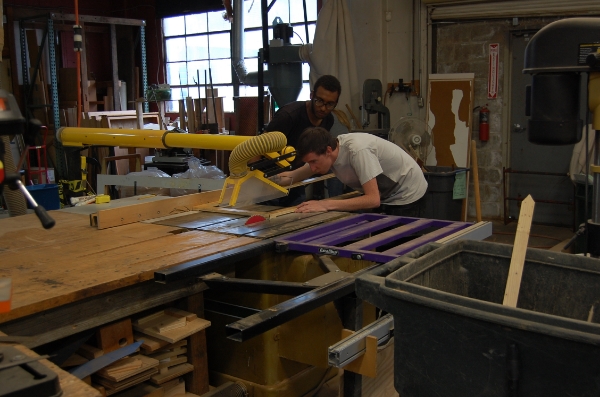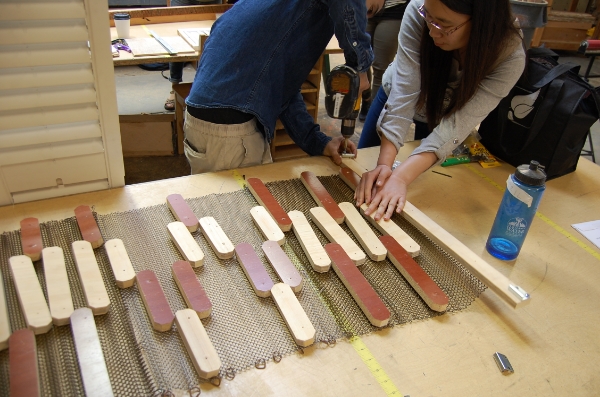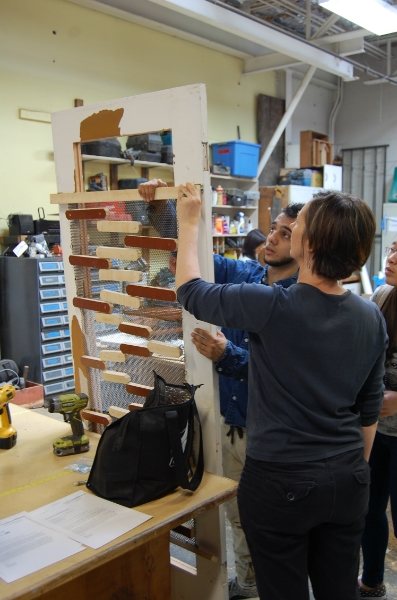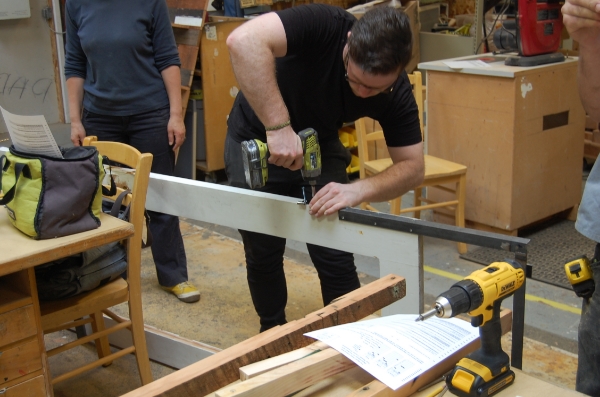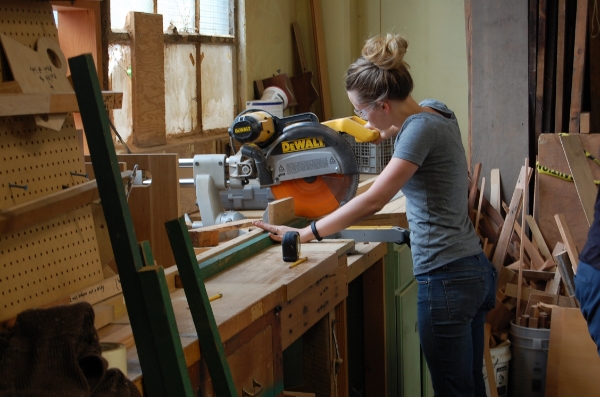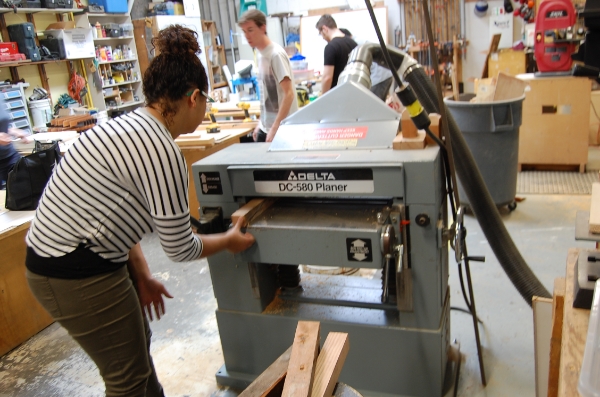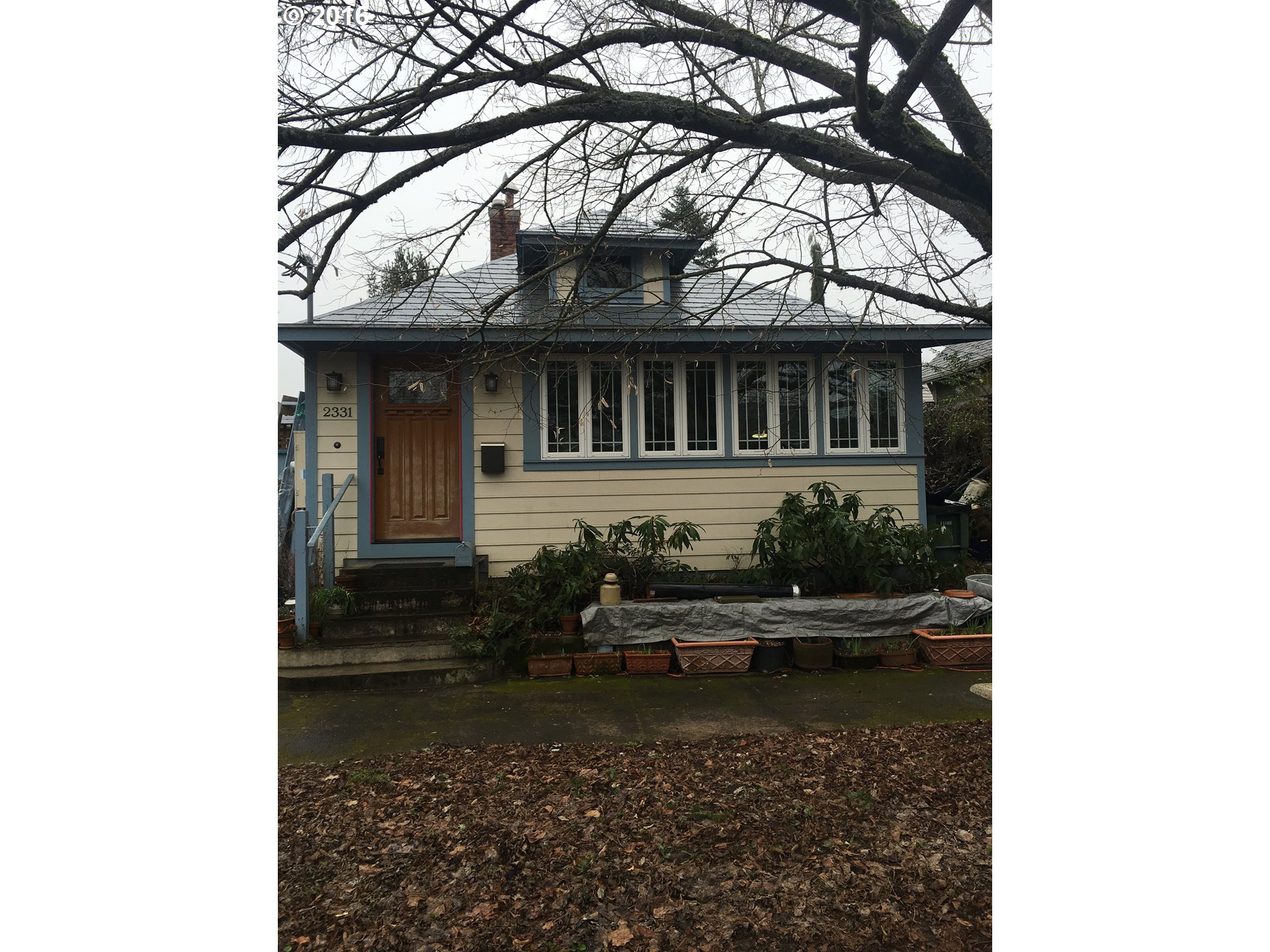As of July 5, Deconstruction Services at the ReBuilding Center will close. We thank all who helped us pioneer this trade, including staff past and present—as well as supporting clients and community members.
More than 20 years ago, when our DeConstruction Services were launched, the ReBuilding Center pioneered a new way to remove buildings that was far superior to mechanical demolition—it protected neighbors from harmful dust and debris and salvaged materials for reuse, rather than sending them to the landfill.
Over the course of our operations, we deconstructed almost a million square feet on over 1,000 projects, and gave rise to an entirely new sector in the building industry. We were so successful, in fact, that the City of Portland decided that ours was the model they wanted to replicate, to make it mandatory for residential structures built before 1916 through a Deconstruction Ordinance.
We made the very difficult decision to stop doing deconstruction in part because the need for a nonprofit deconstruction firm no longer exists with so many capable for-profit firms meeting the need for deconstruction in the Portland region.
In this sense, we have actually succeeded—we have pioneered a new method that has been so successful that others have stepped in to meet the need. Our team has done amazing work over the years, and has built our reputation as a pioneer in sustainability and reuse.
If you are seeking a deconstruction firm, we recommend viewing the City of Portland’s list of certified deconstruction contractors.
In the 20-year history of DeConstruction Services, we have:
Worked on 1,240 projects;
Deconstructed 369 whole houses;
Engaged in 73 whole-house guts and/or roof removals;
Deconstructed 30 commercial buildings and/or apartments;
Dismantled 20 barns of various sizes;
Deconstructed 260 garages (also of various sizes);
Dismantled 20+ sheds; and
Performed house skims; kitchen skims and guts; bath skims and guts; and flooring removals.
Andy and Ryan finishing work on the last deconstruction project.



